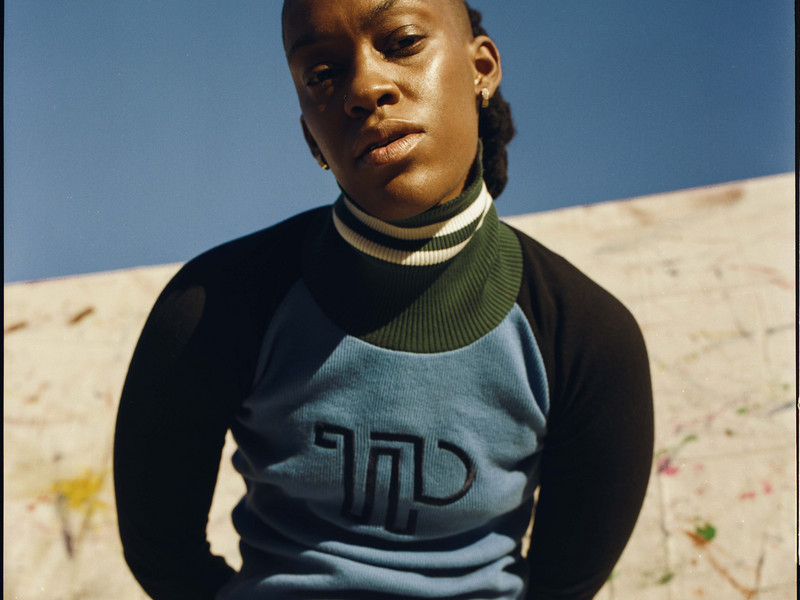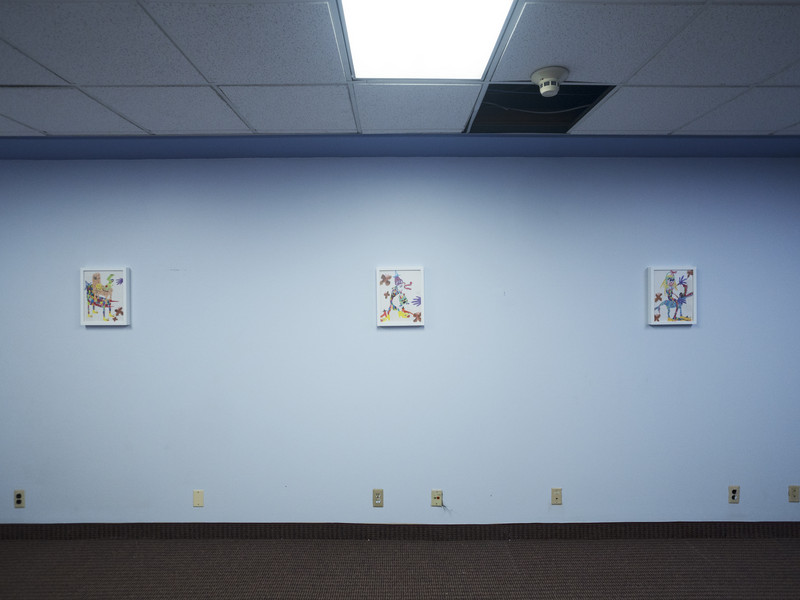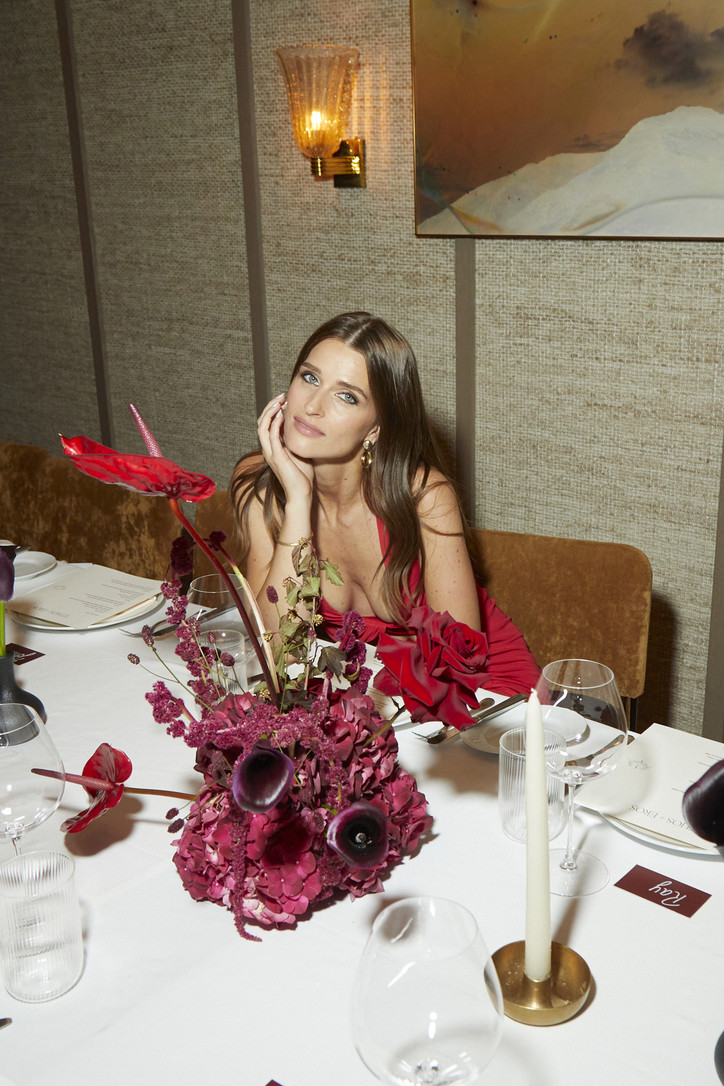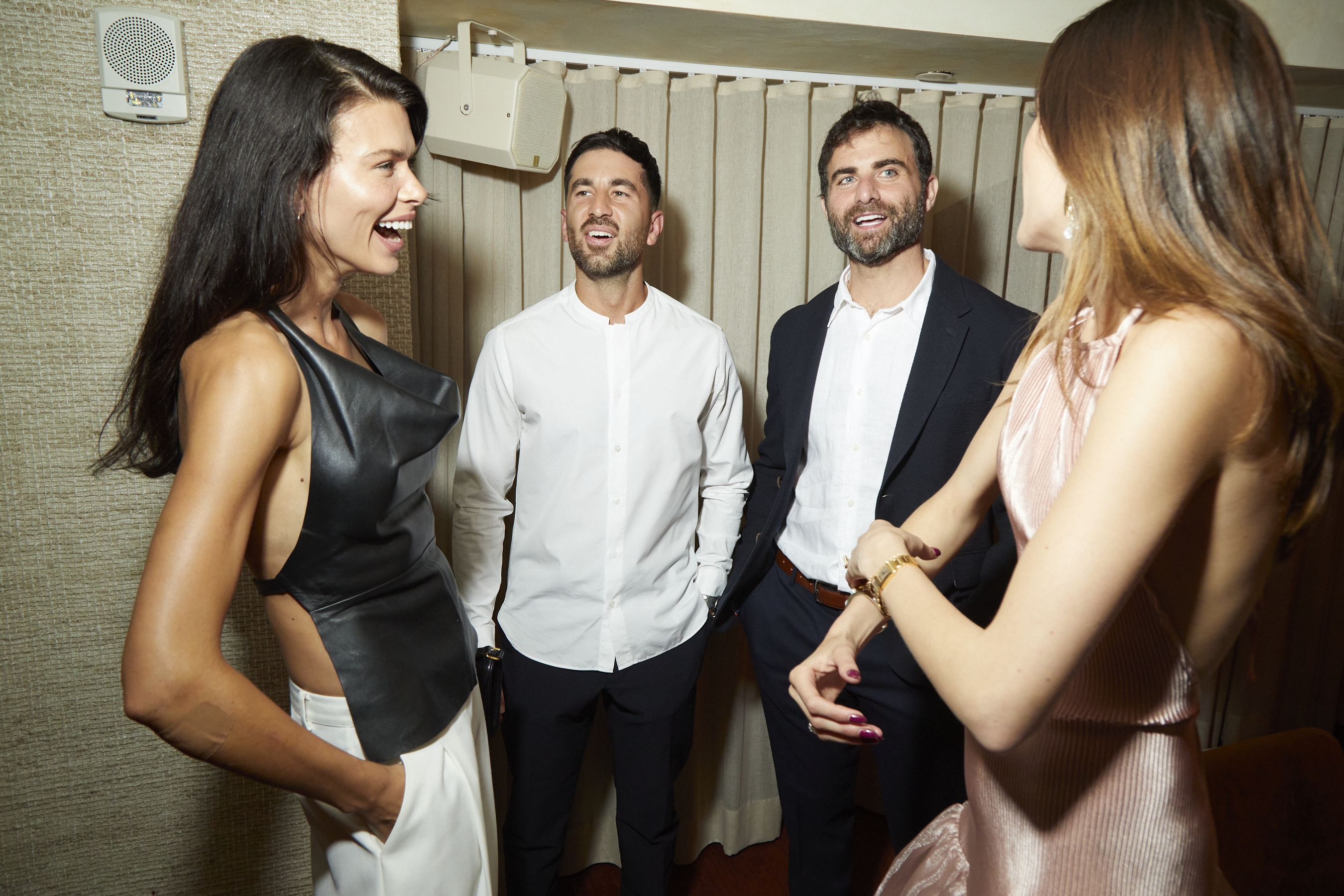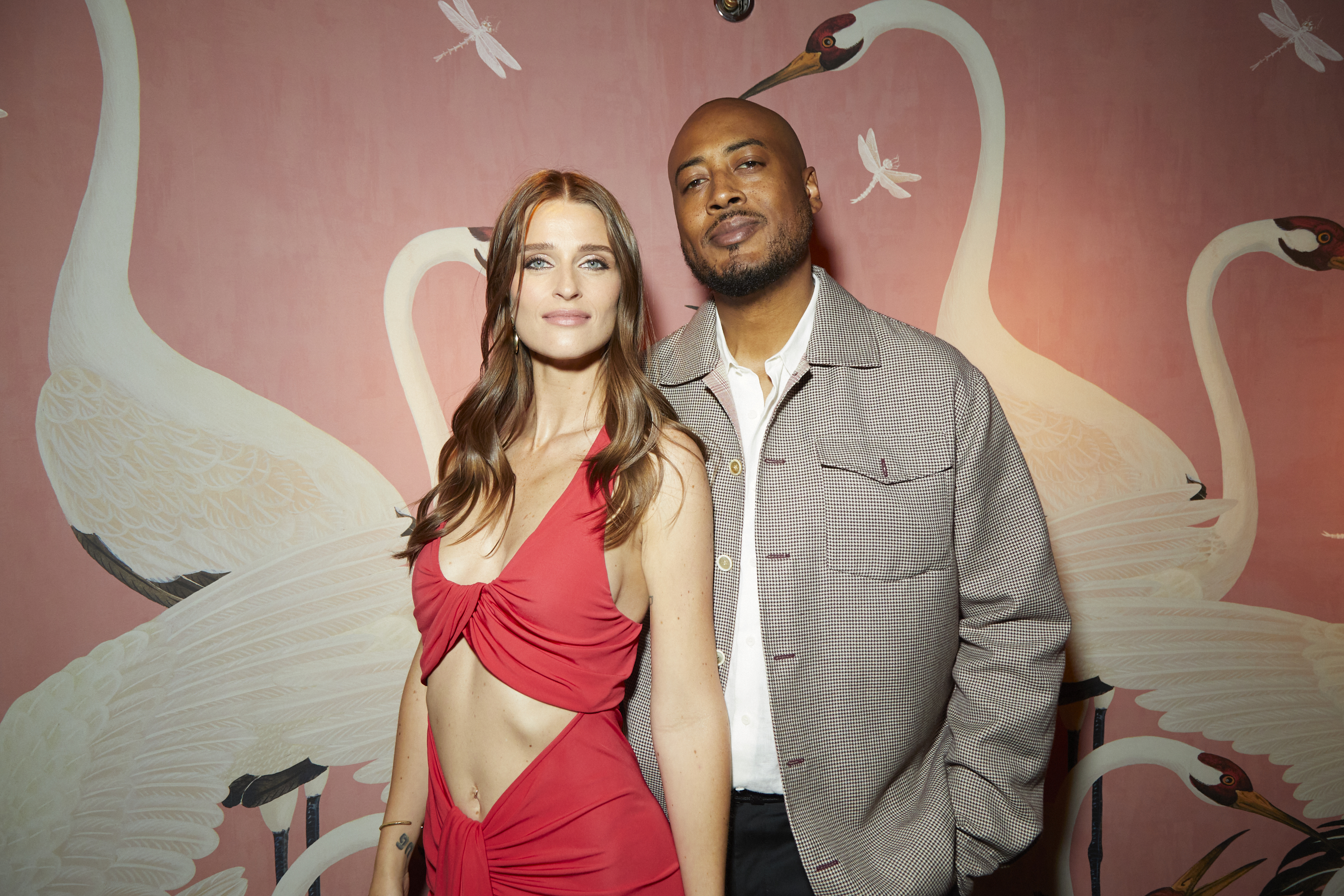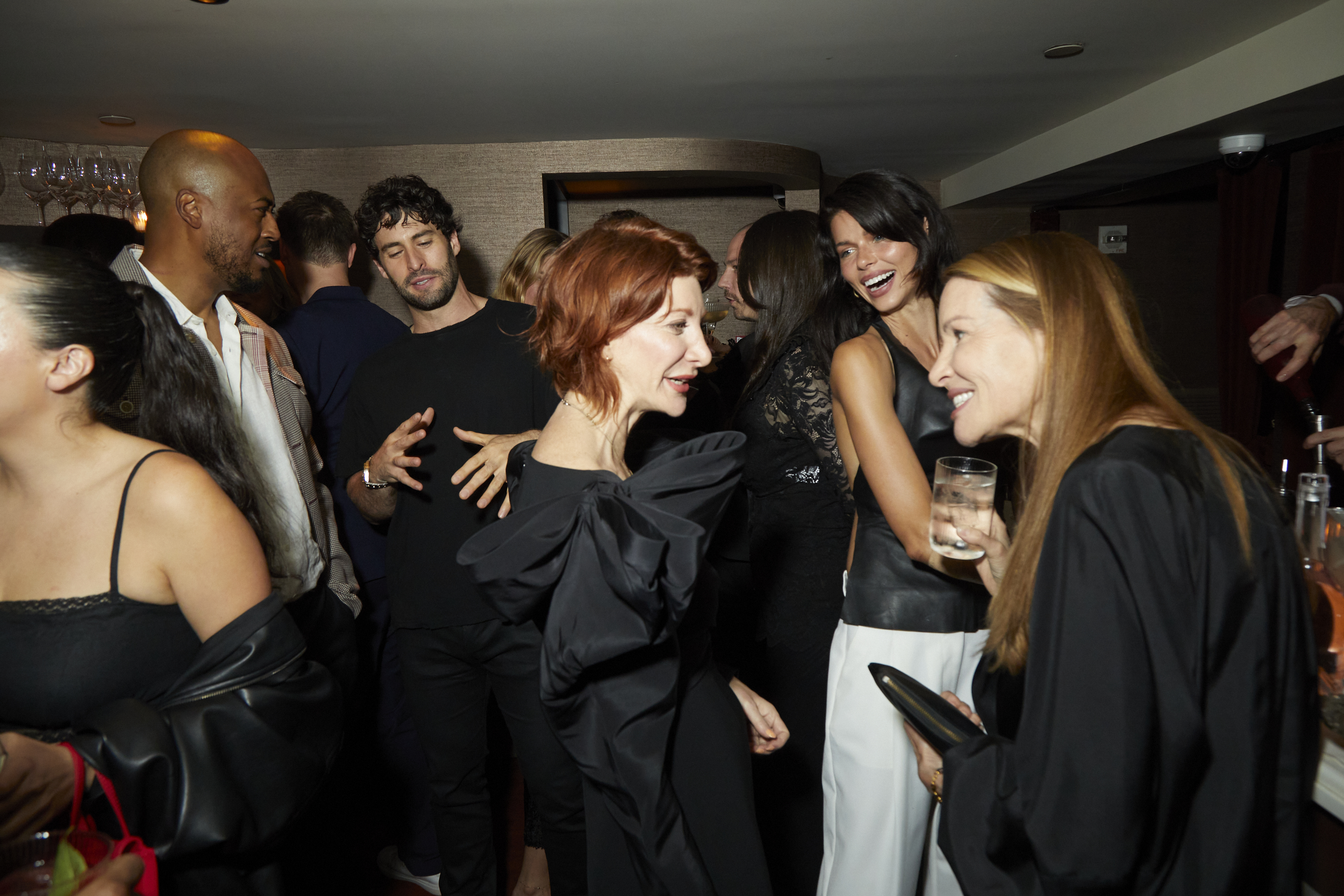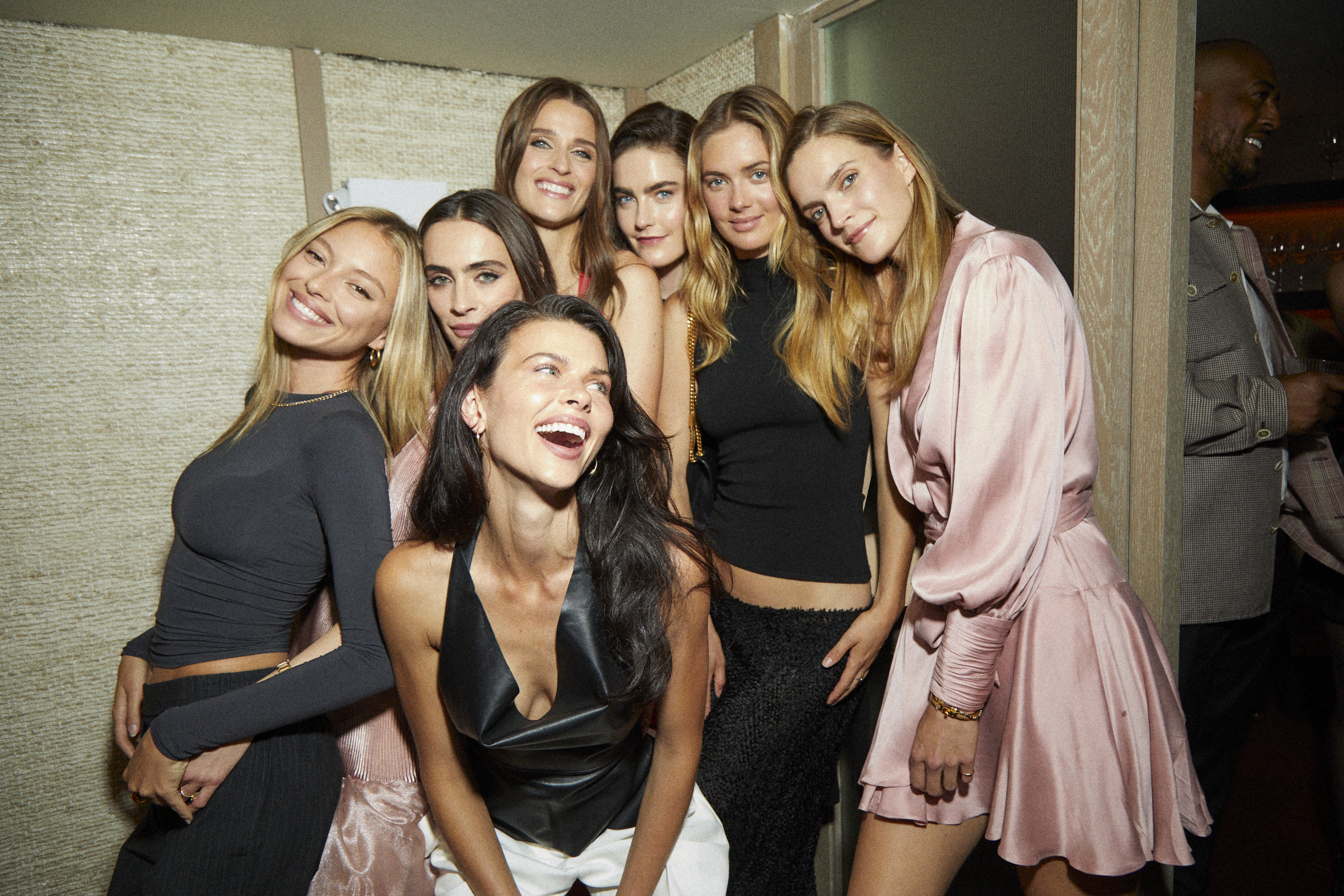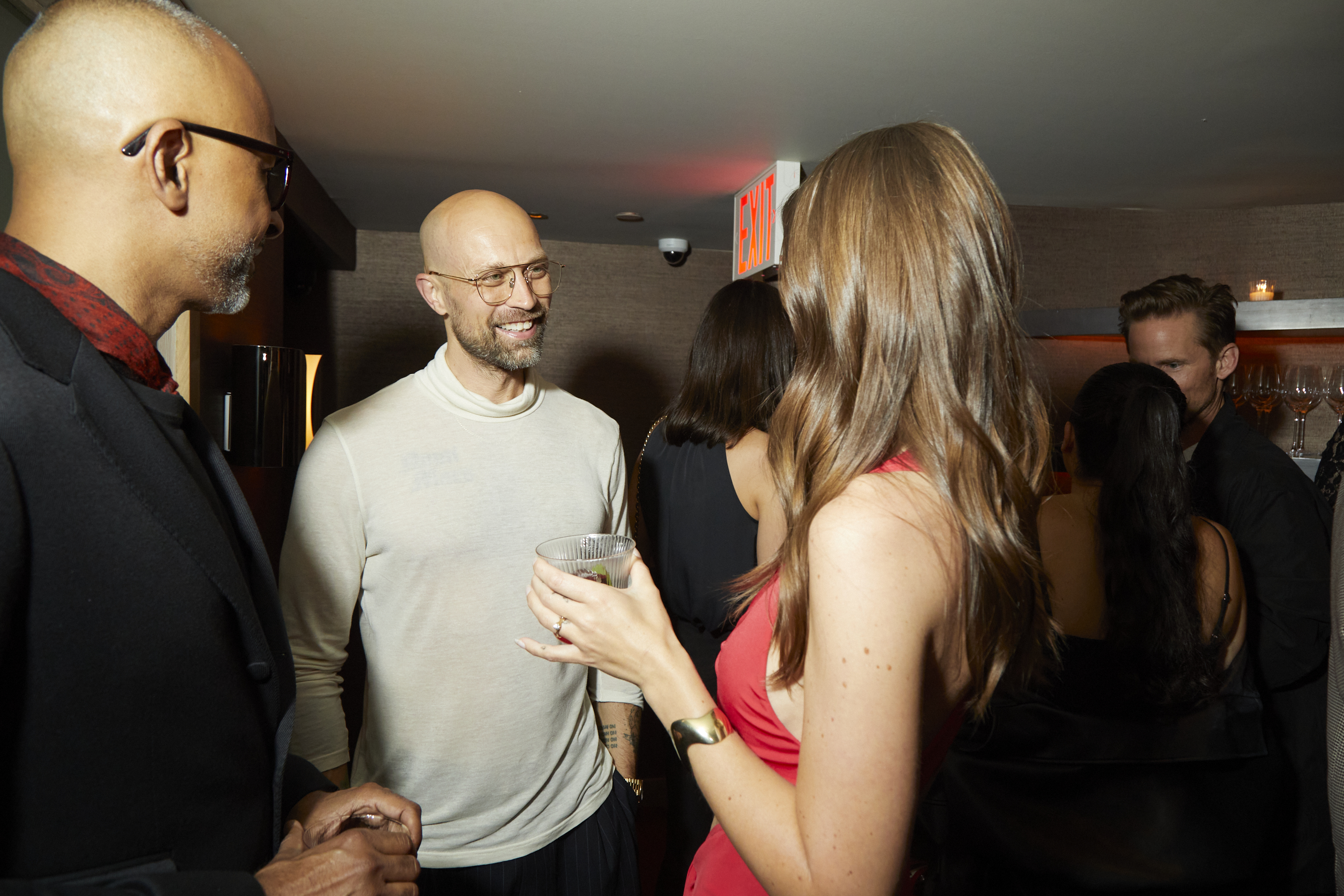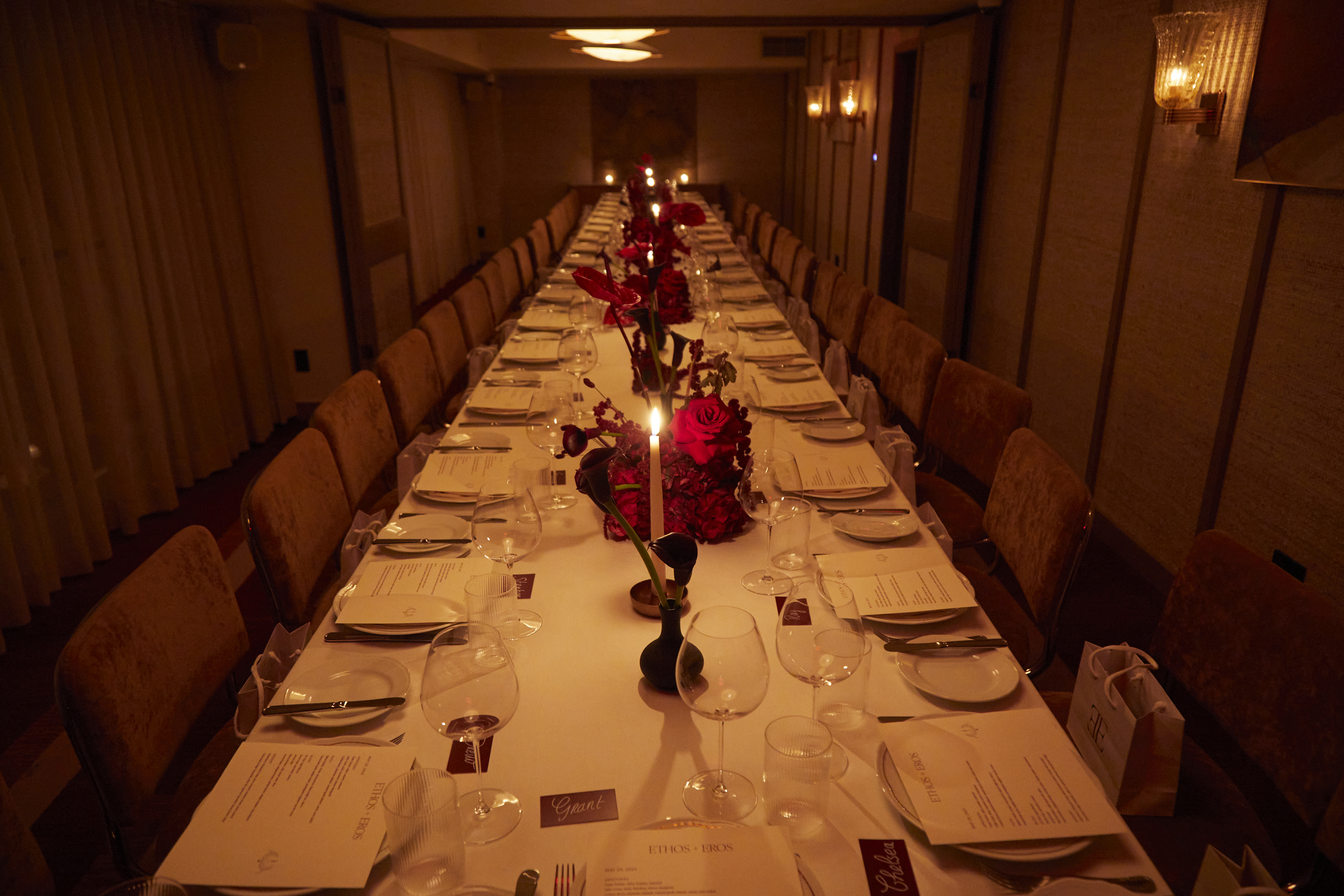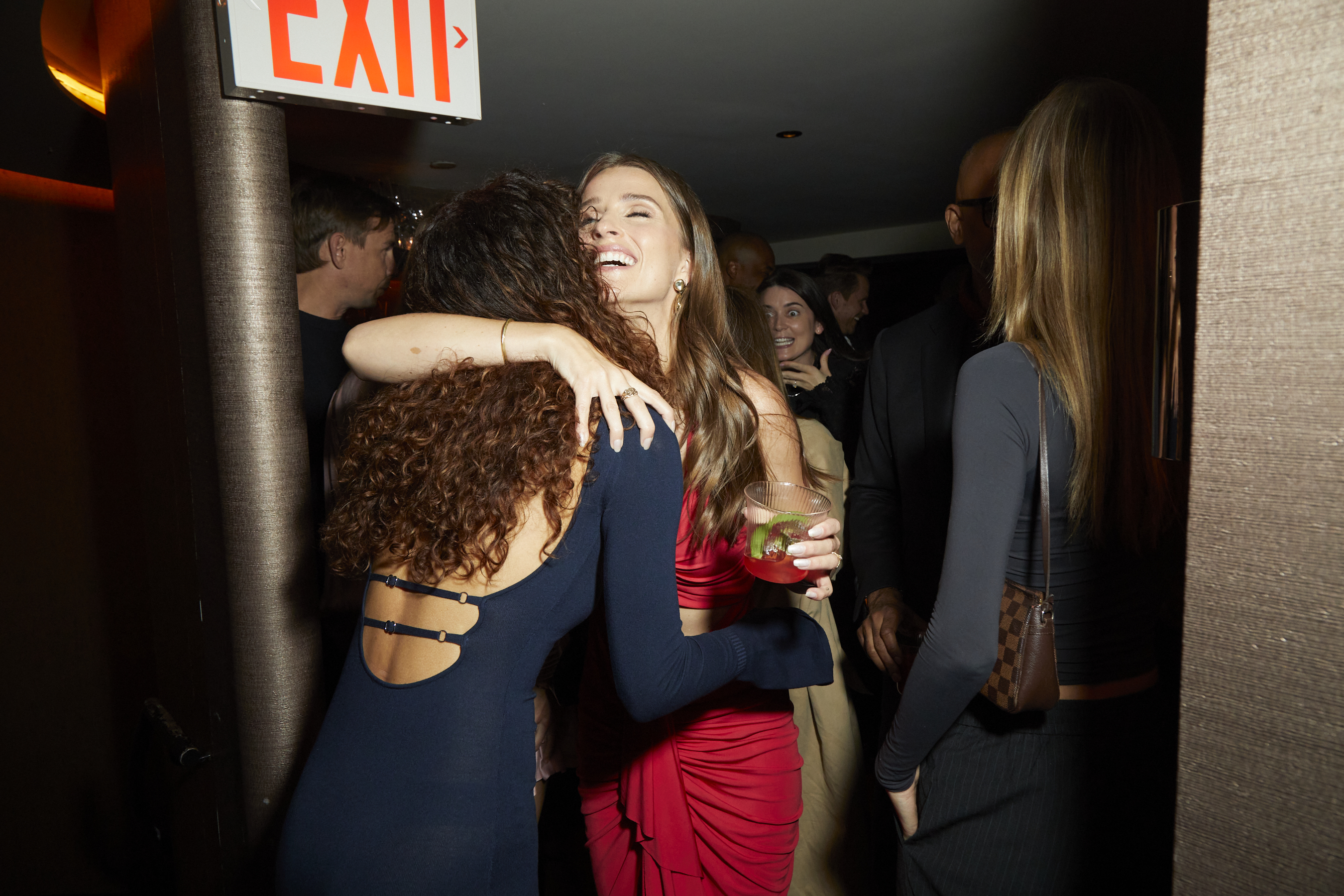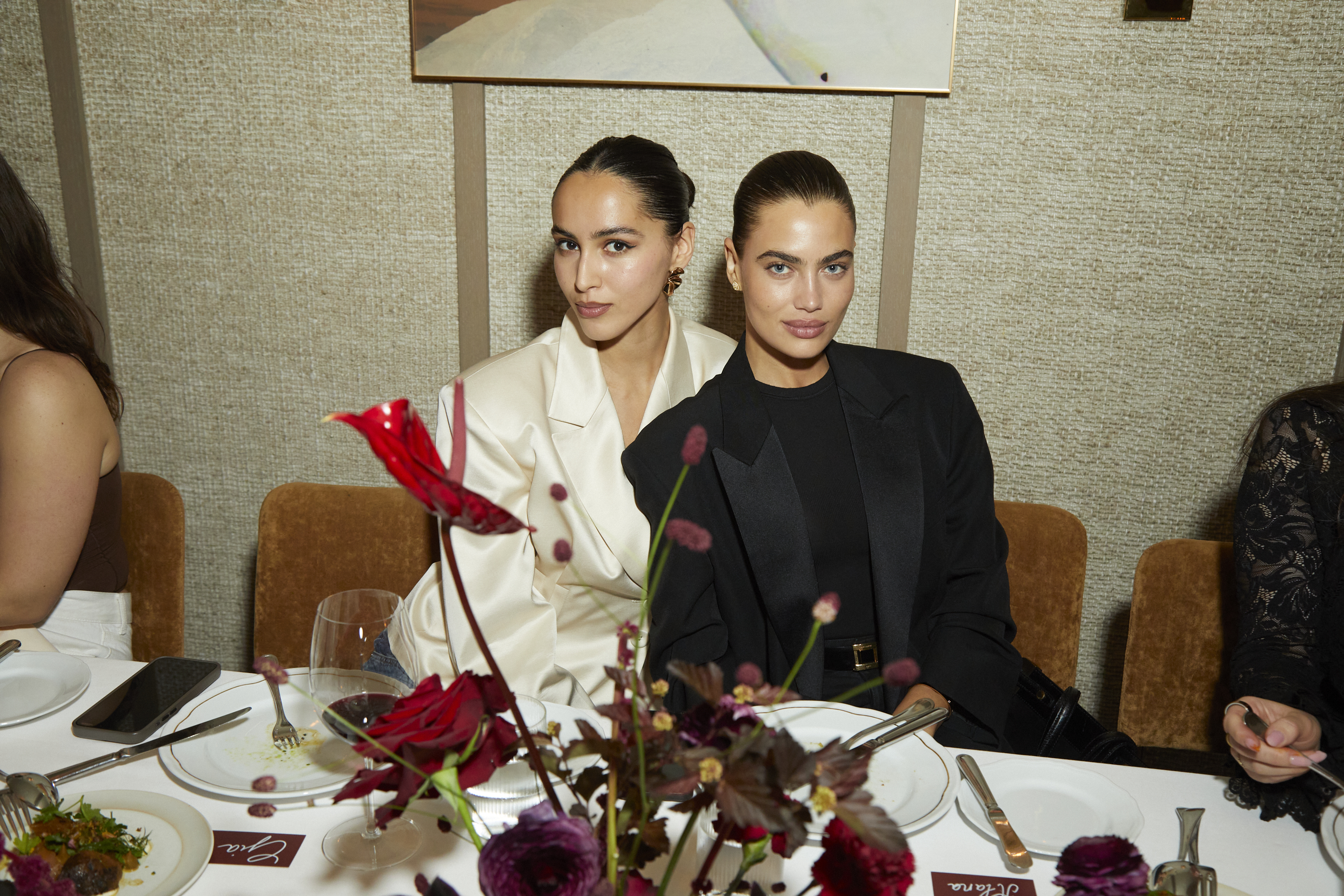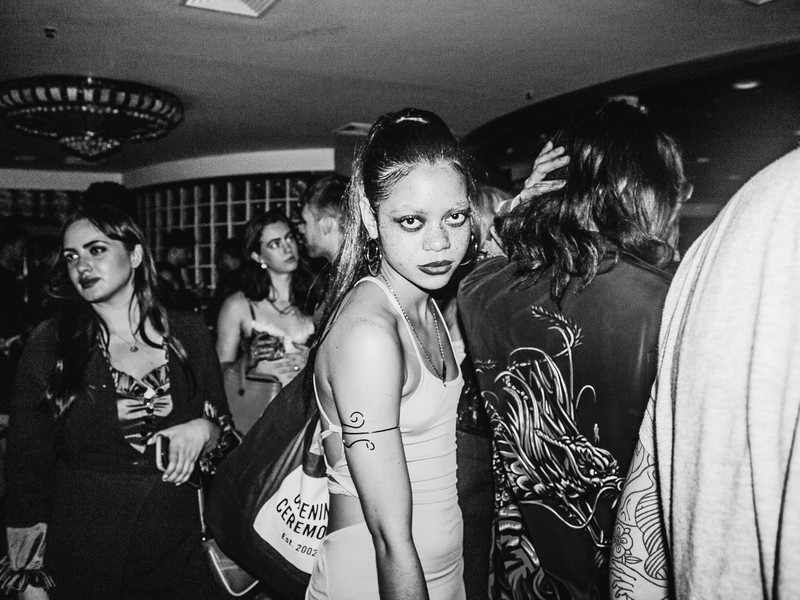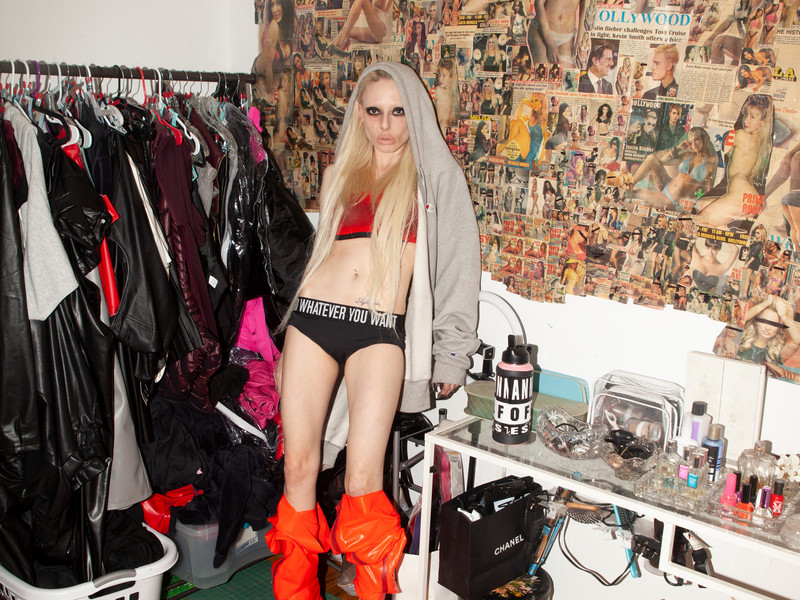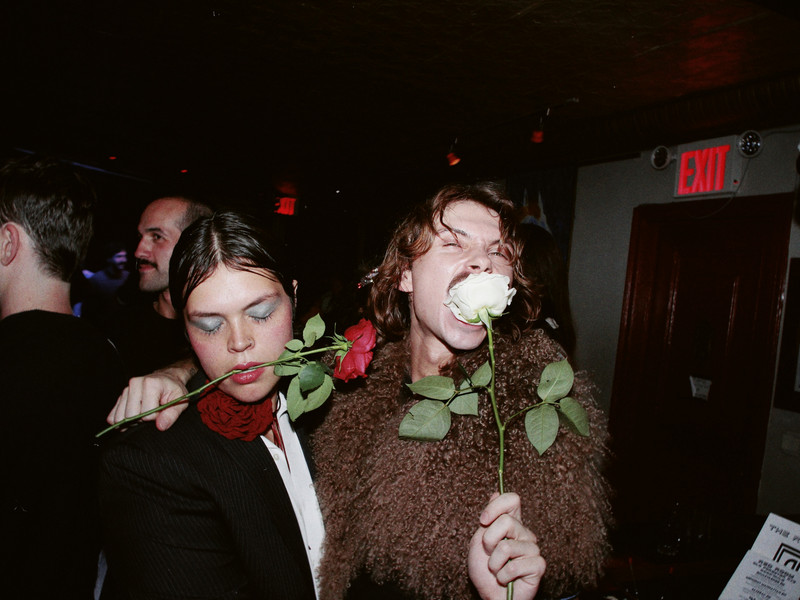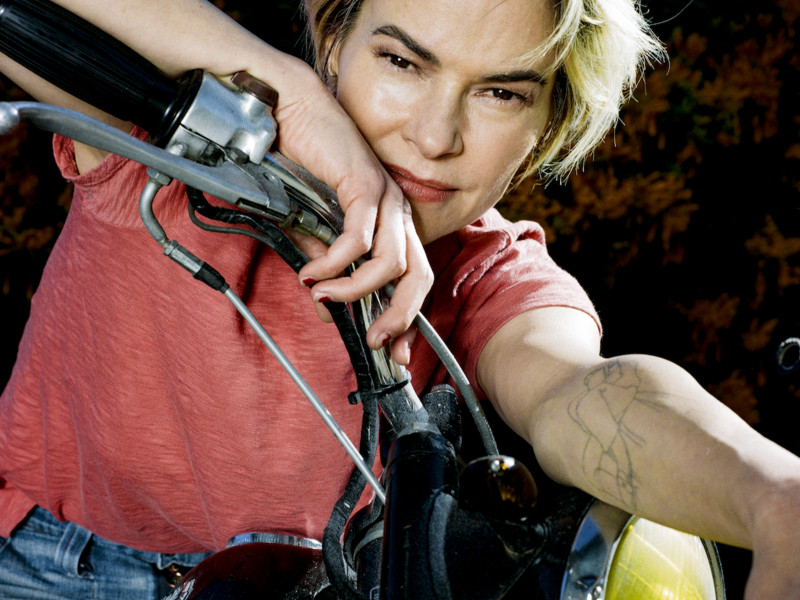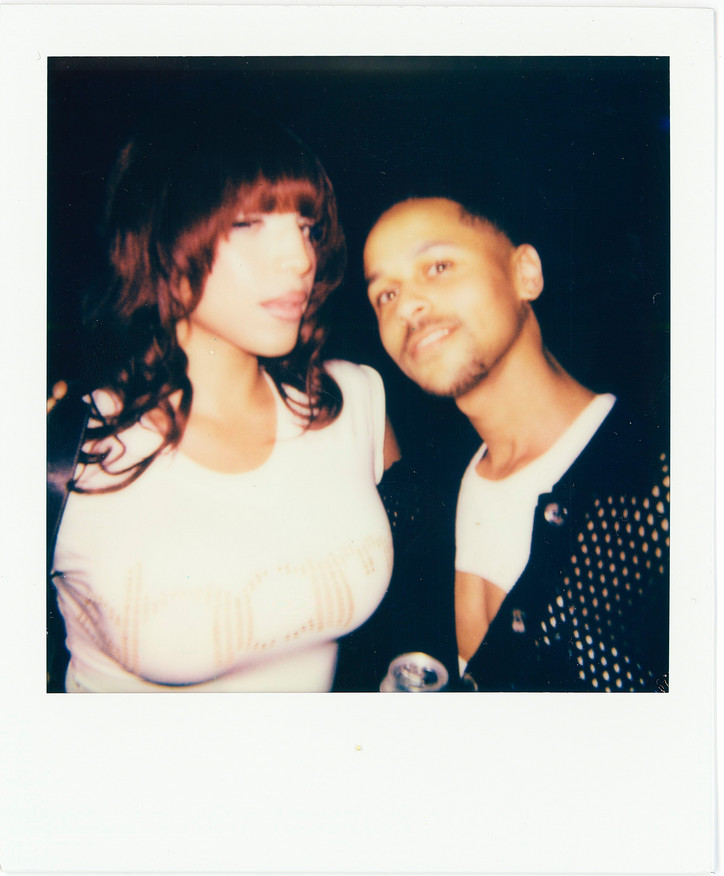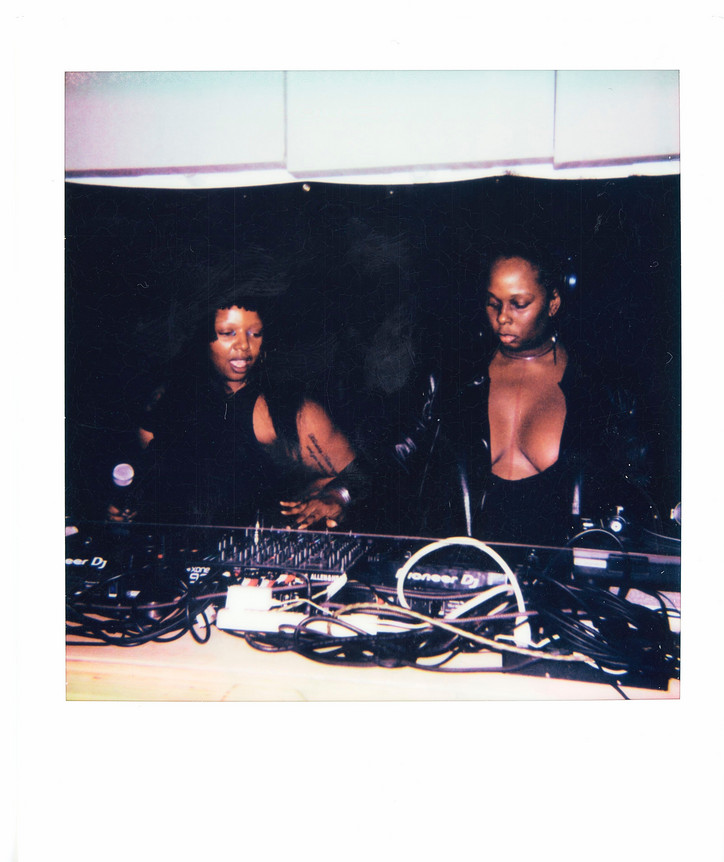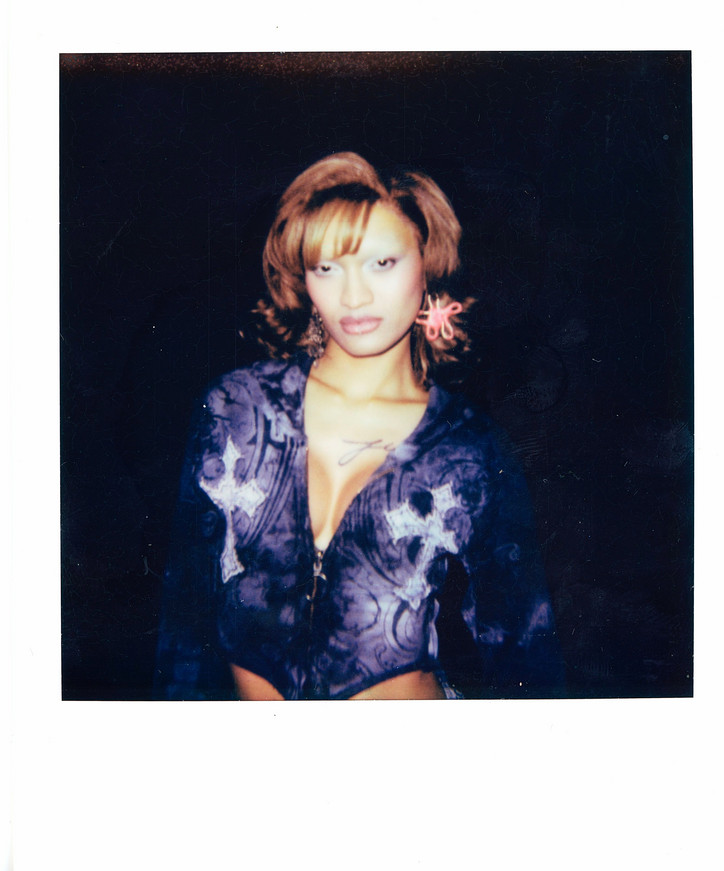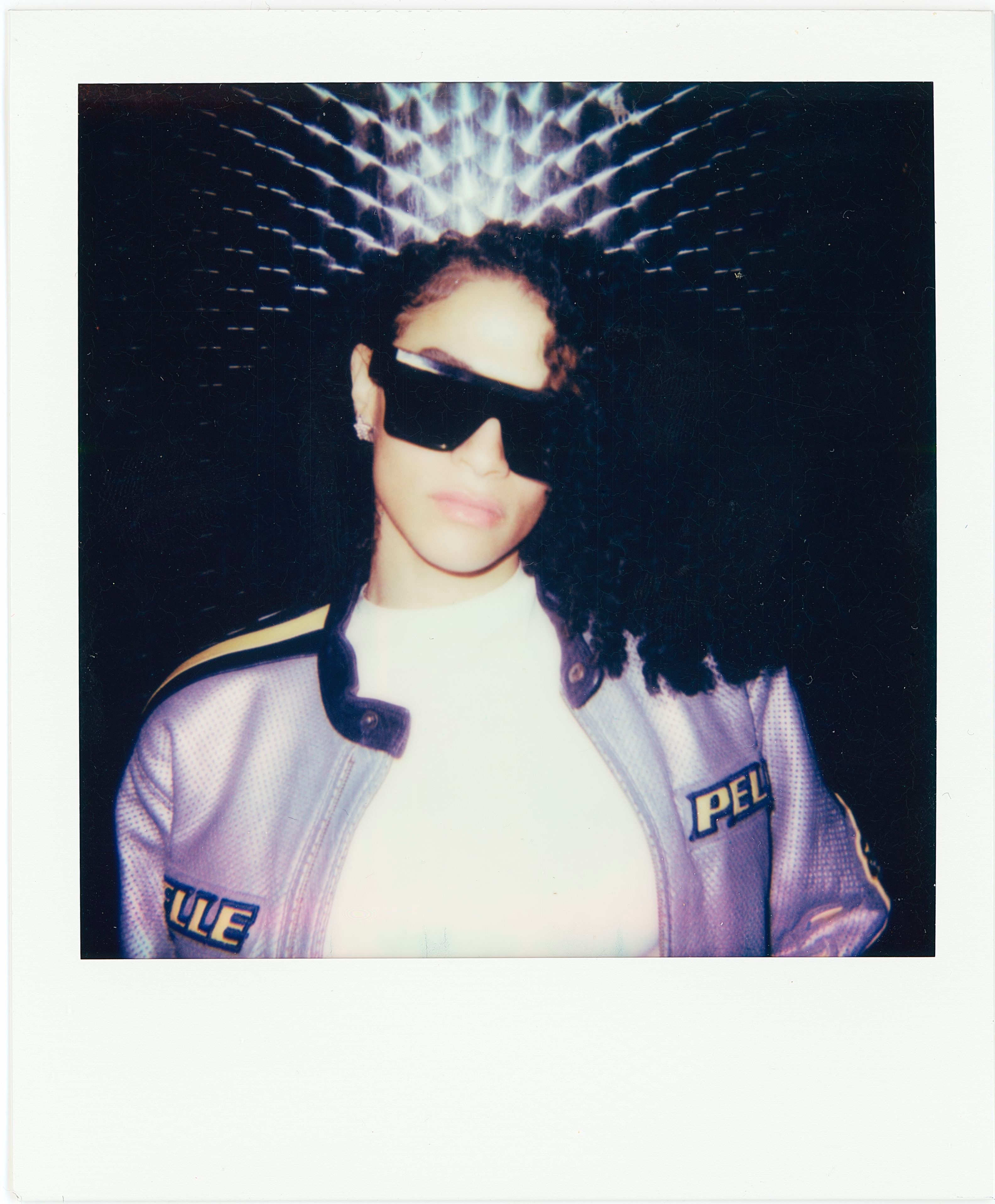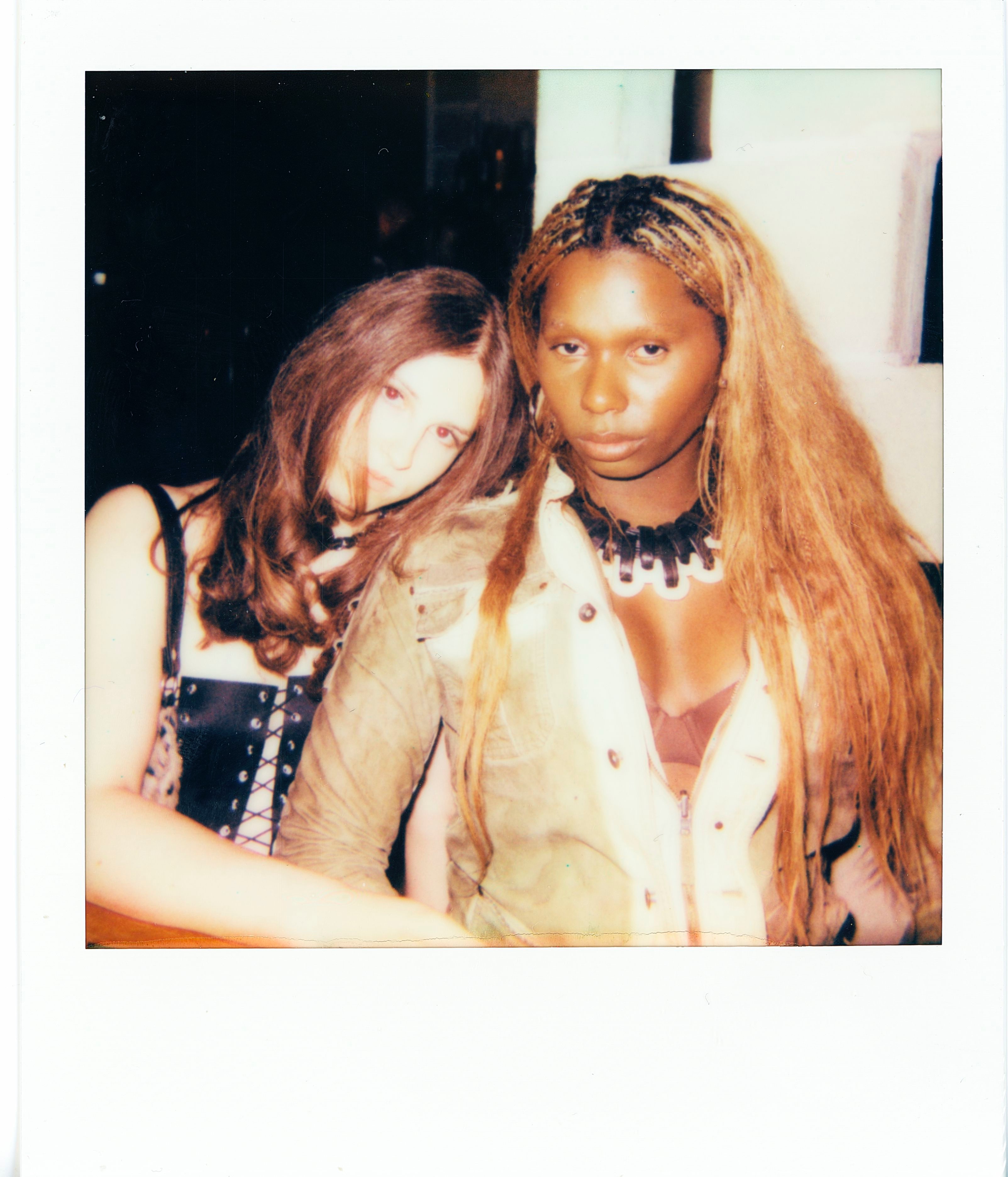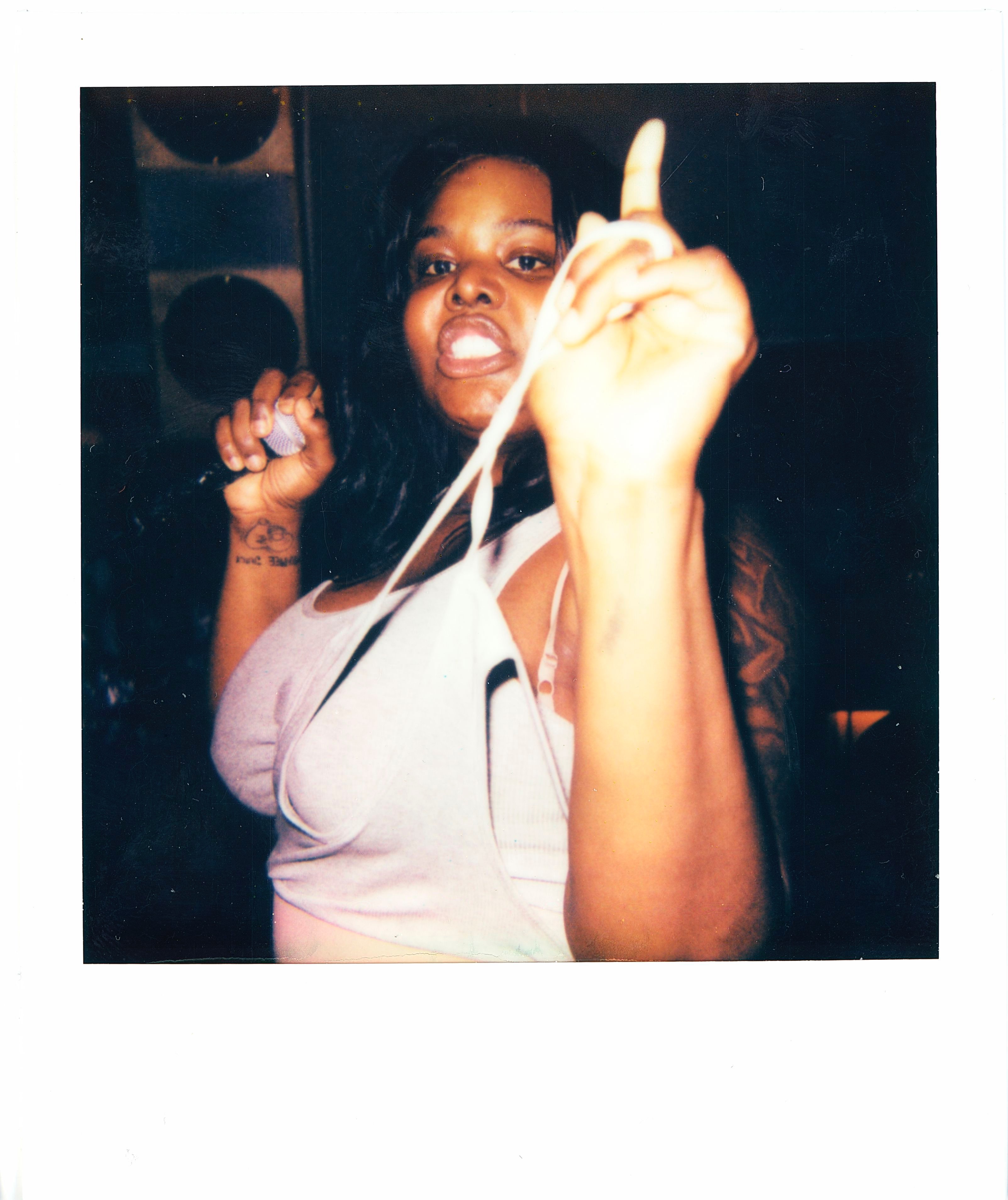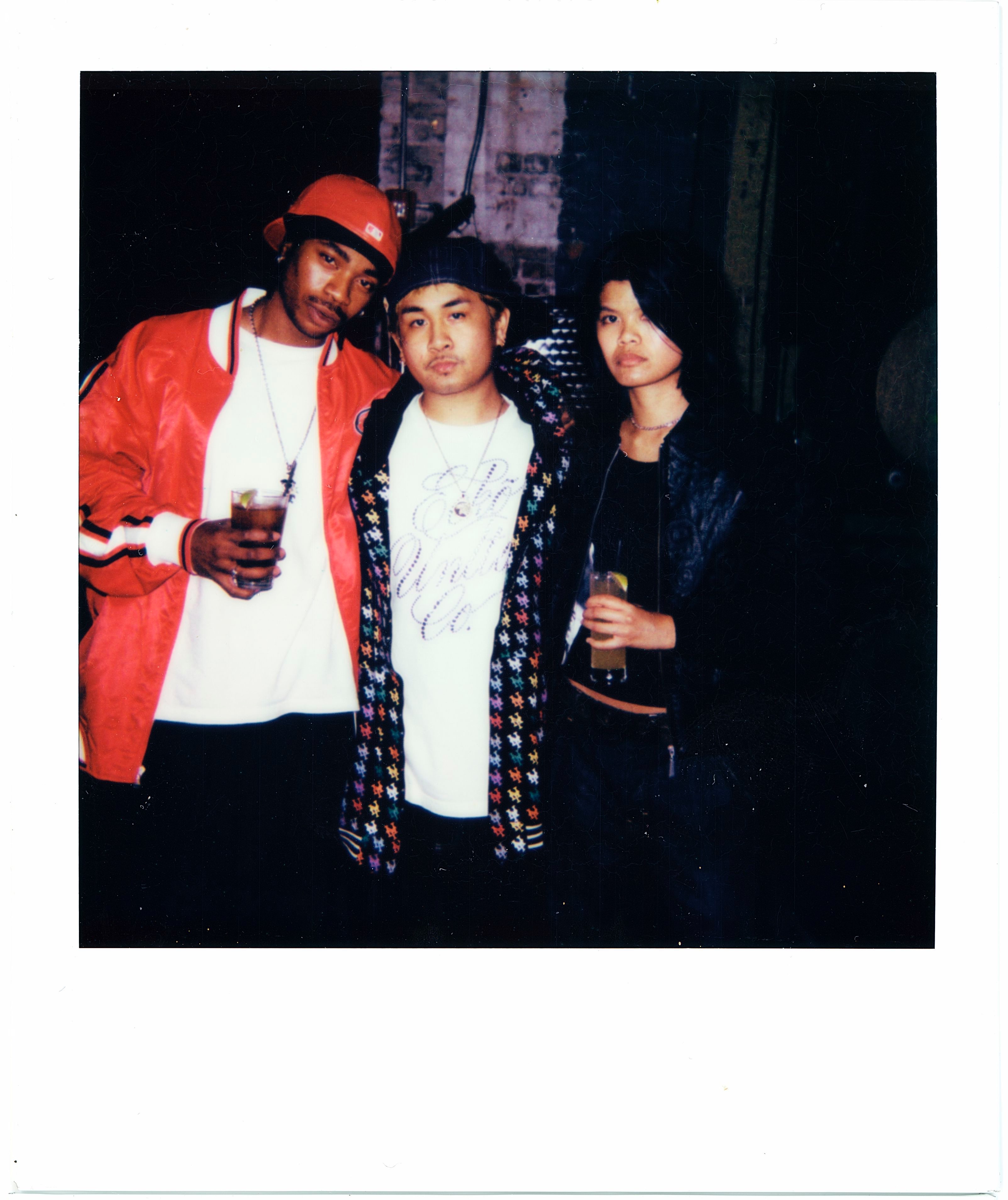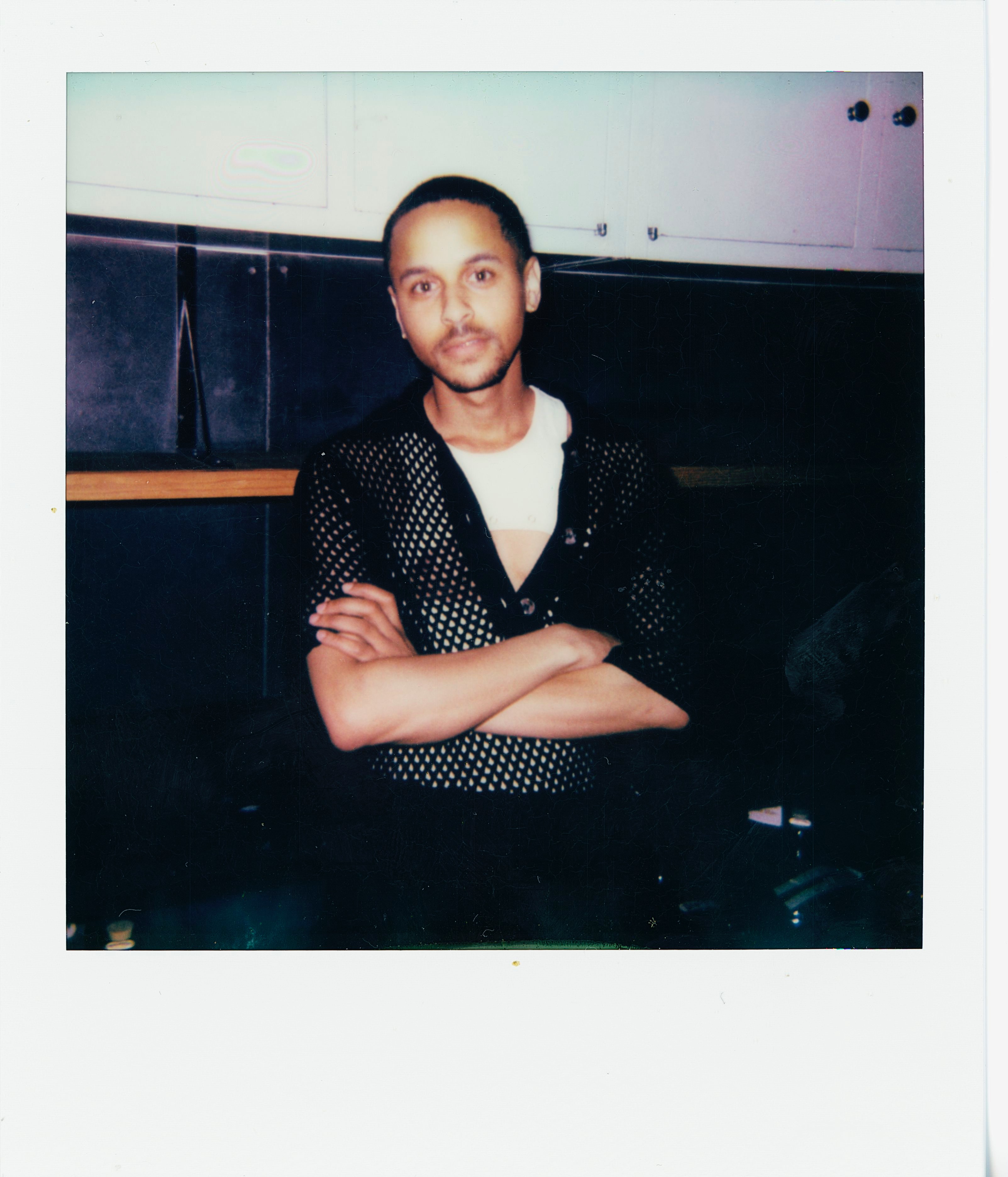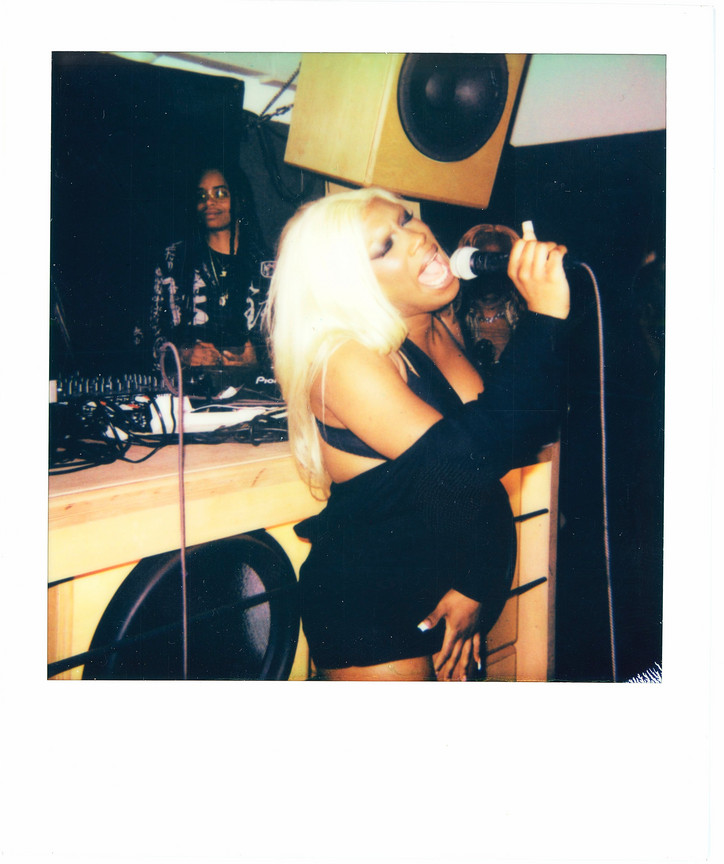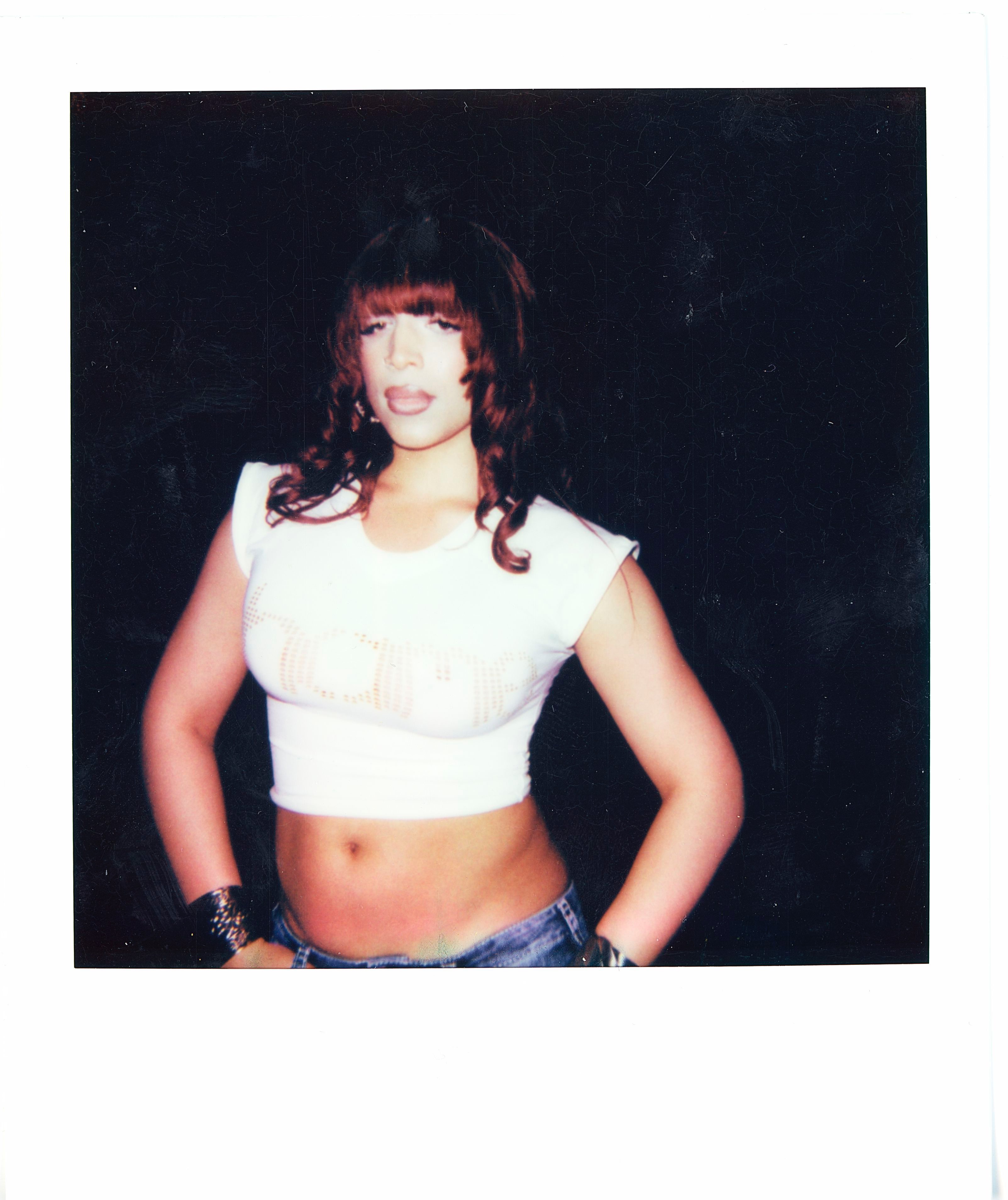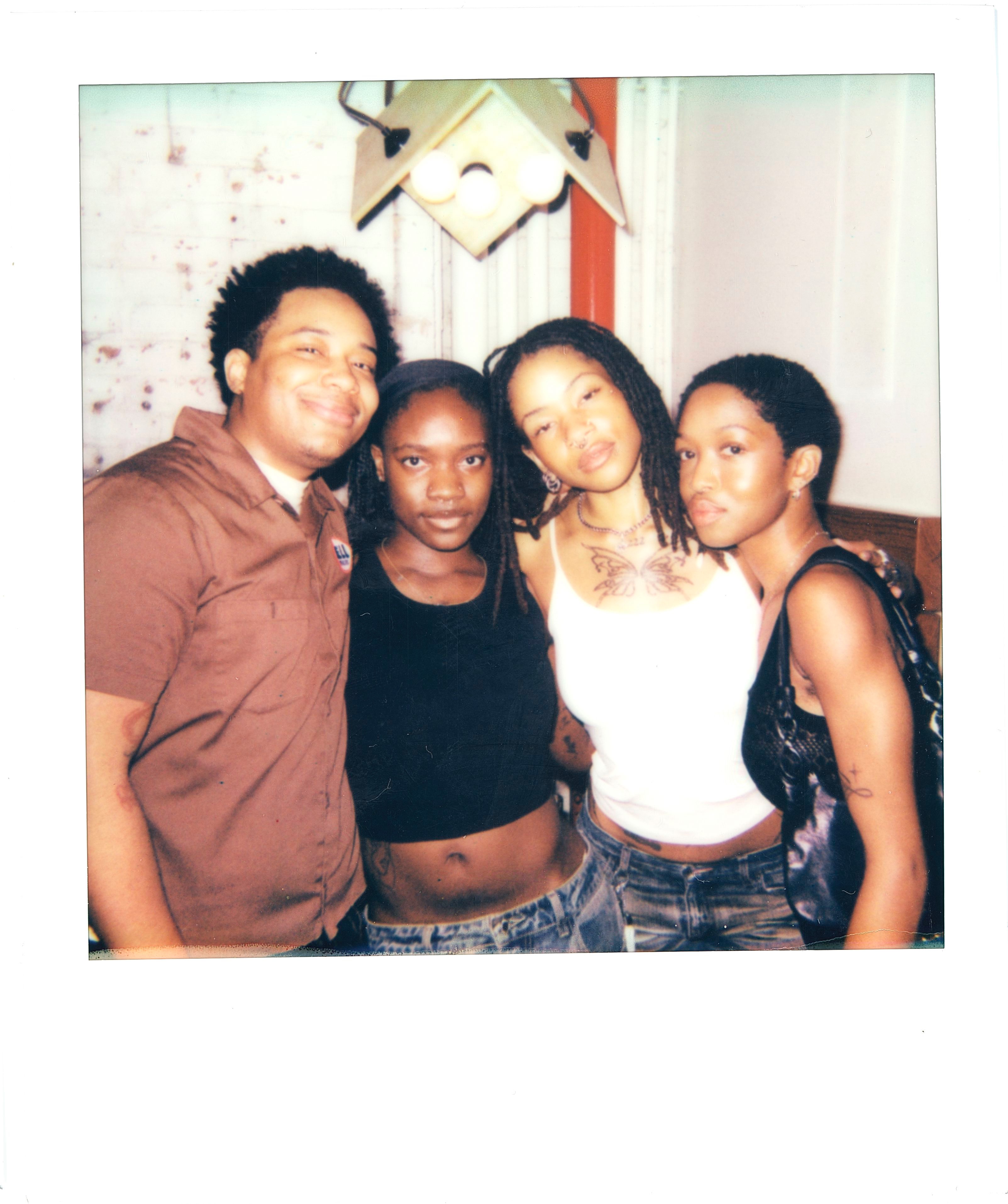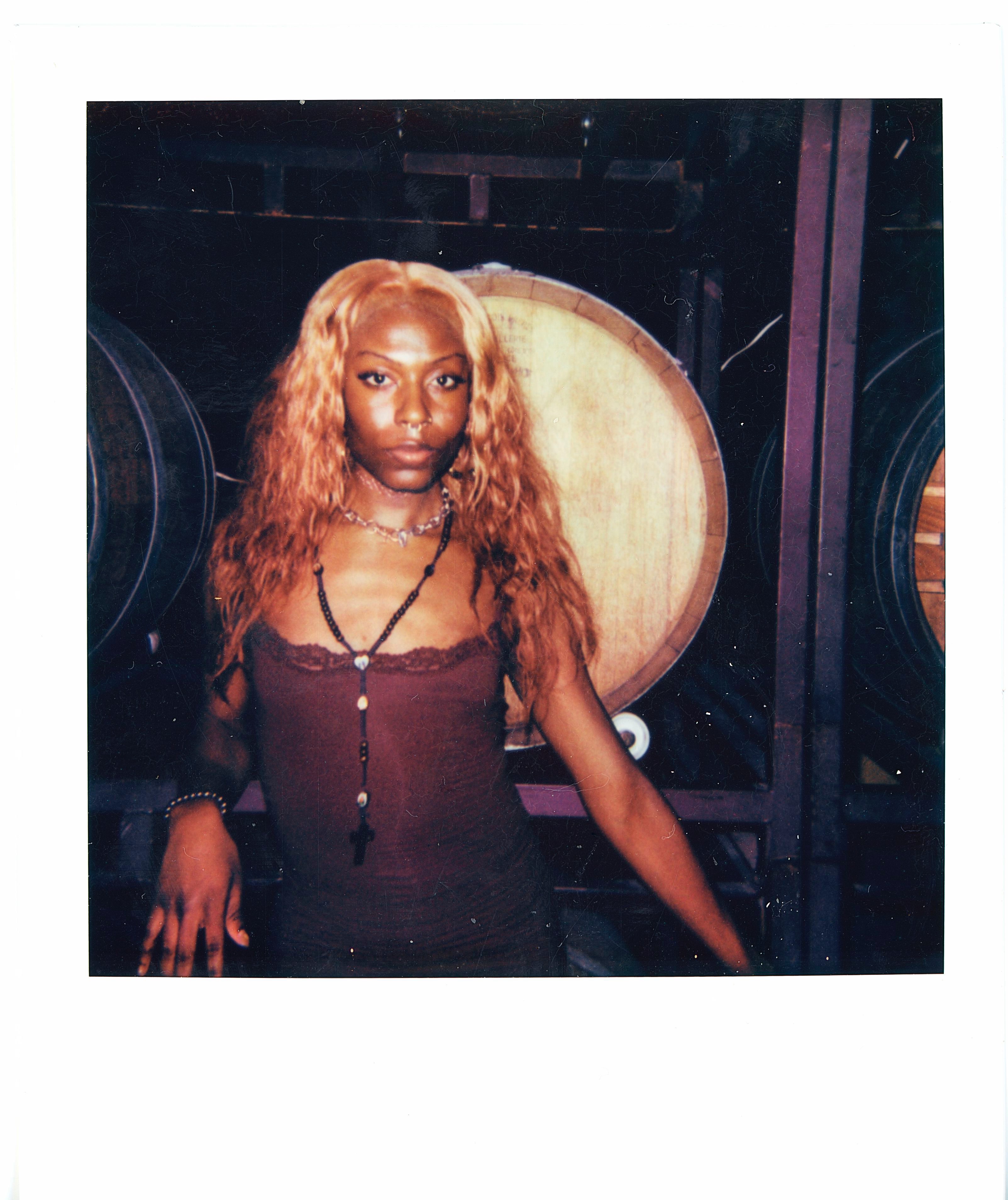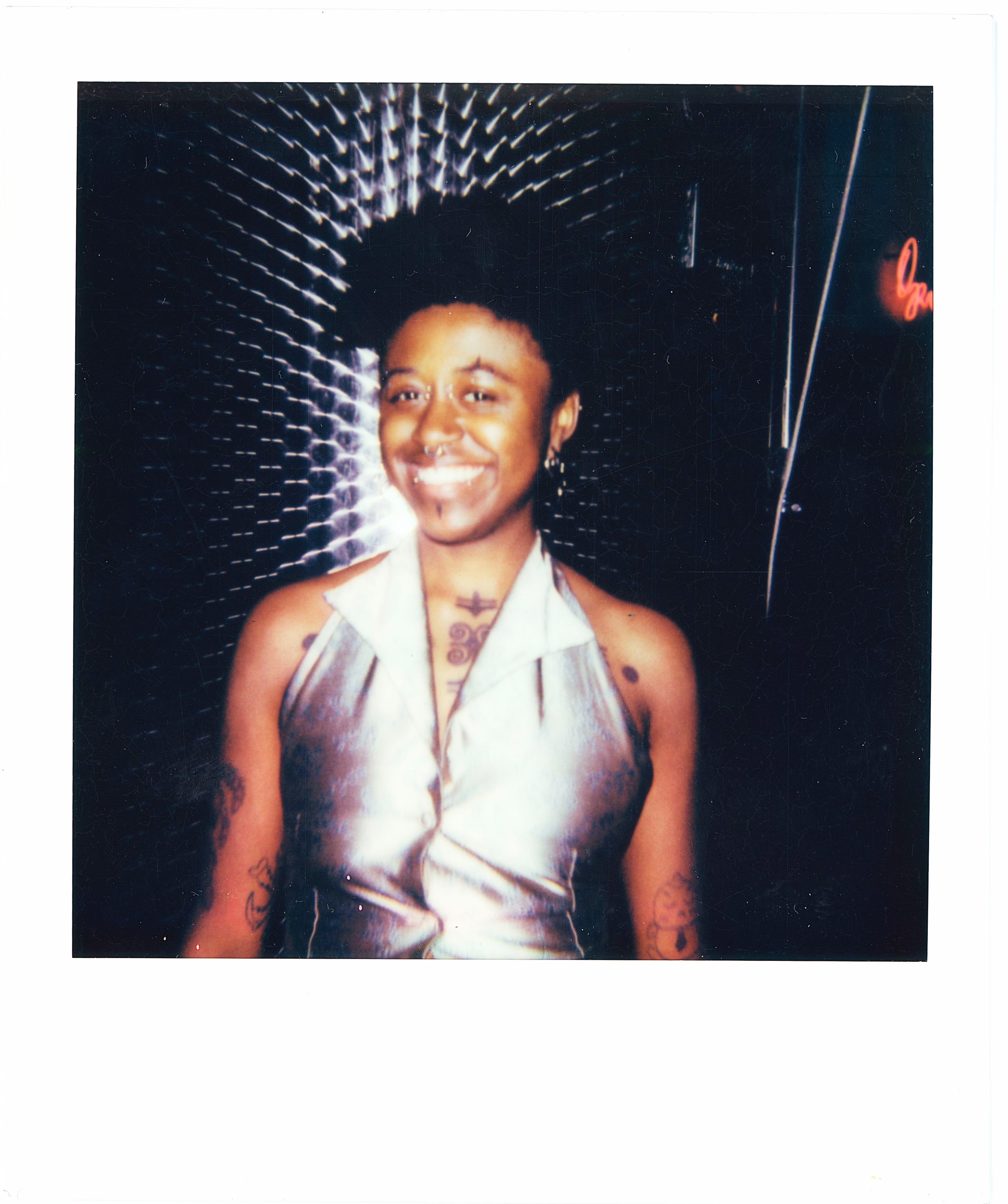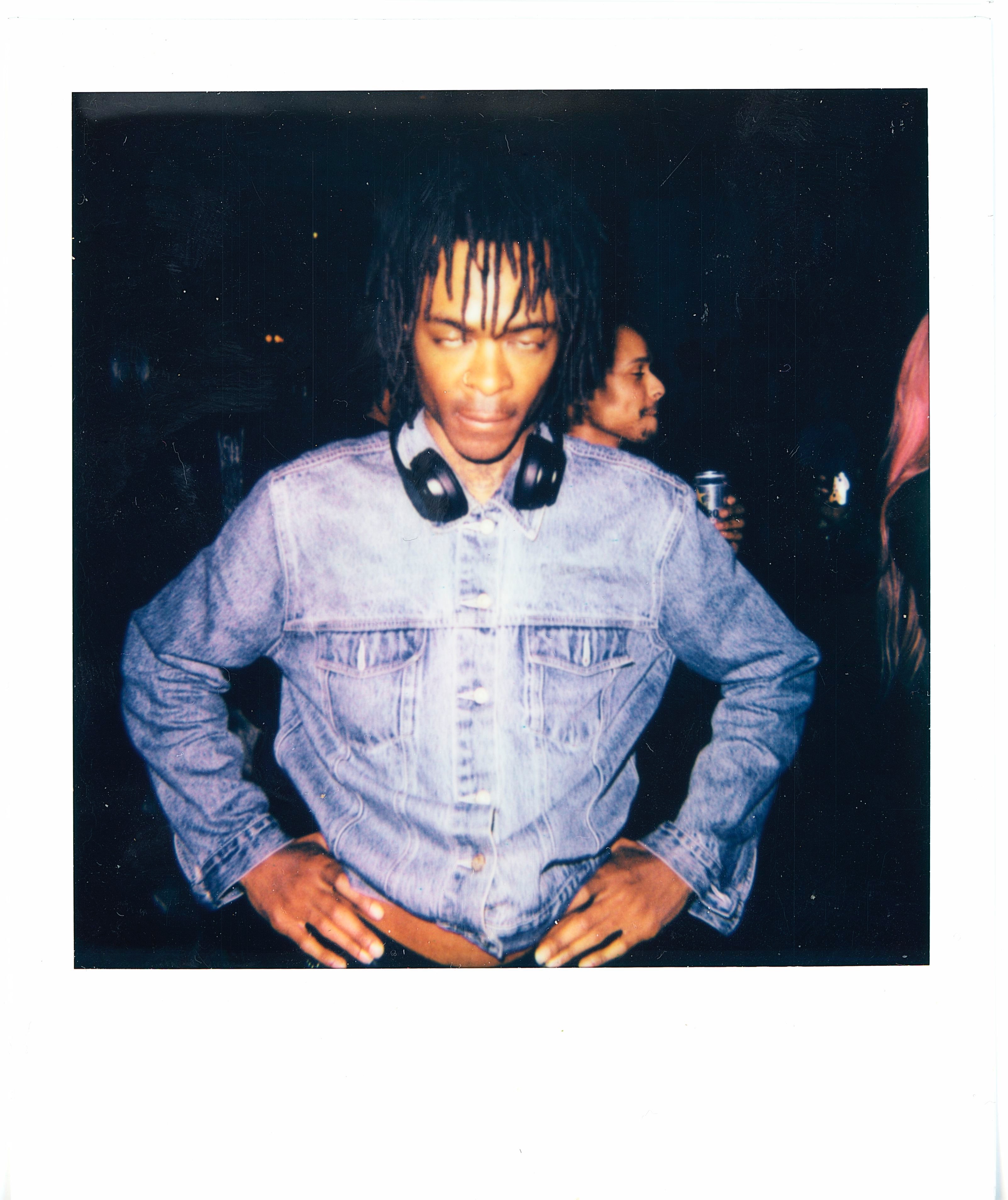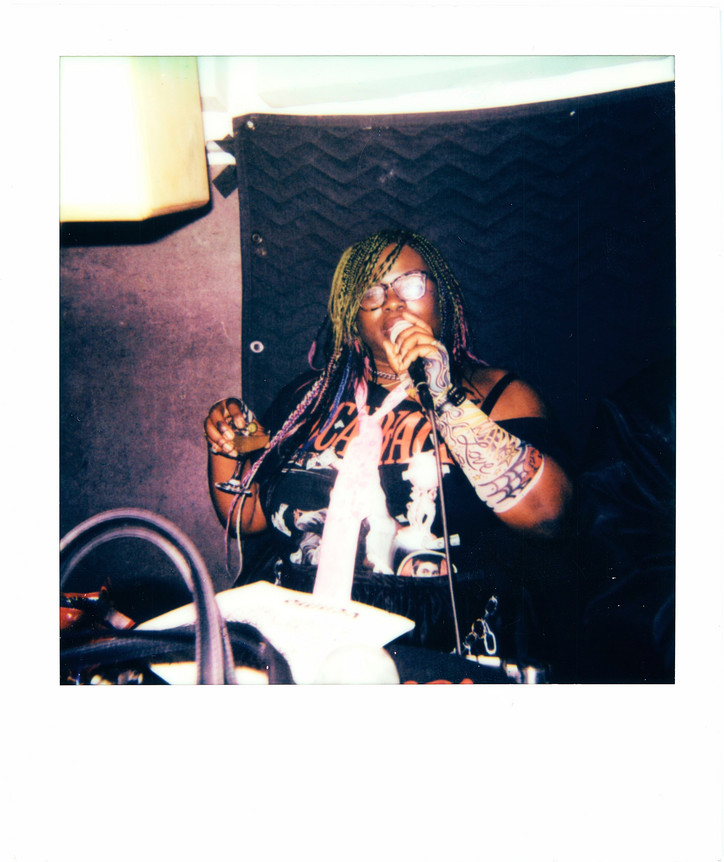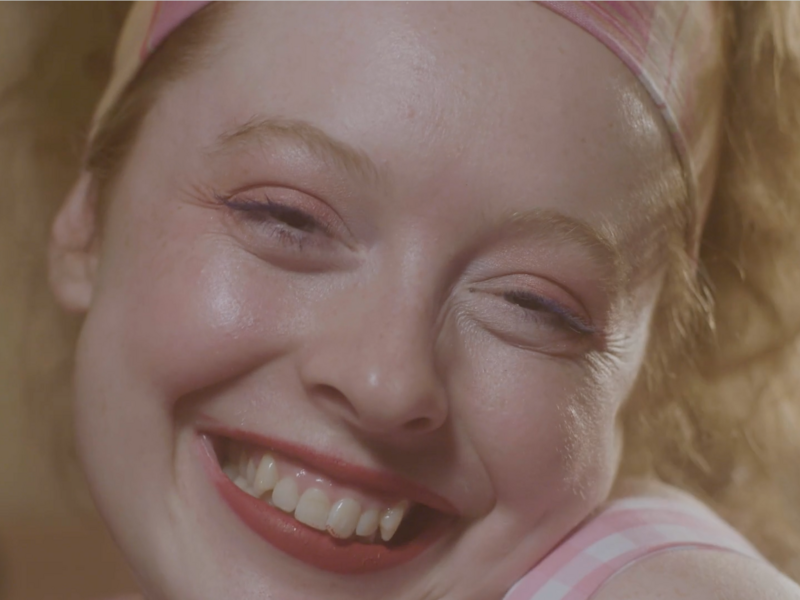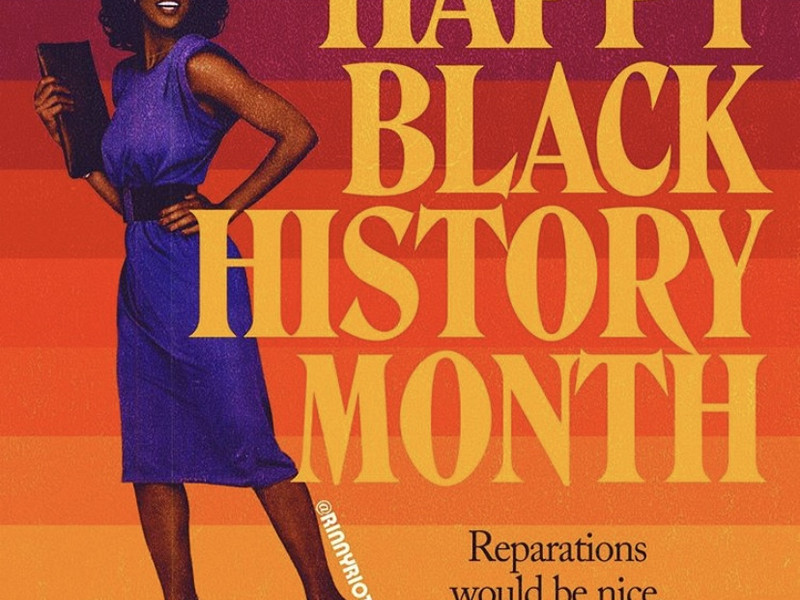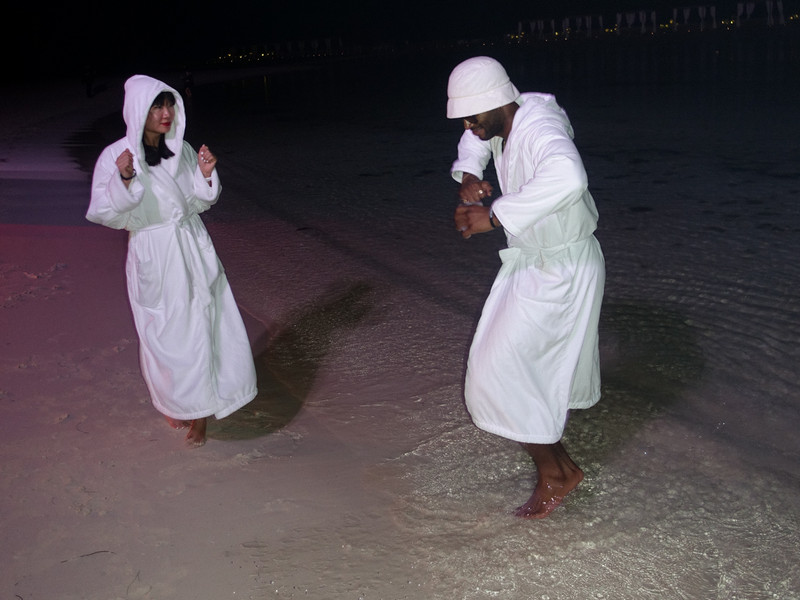Let Me Be Free
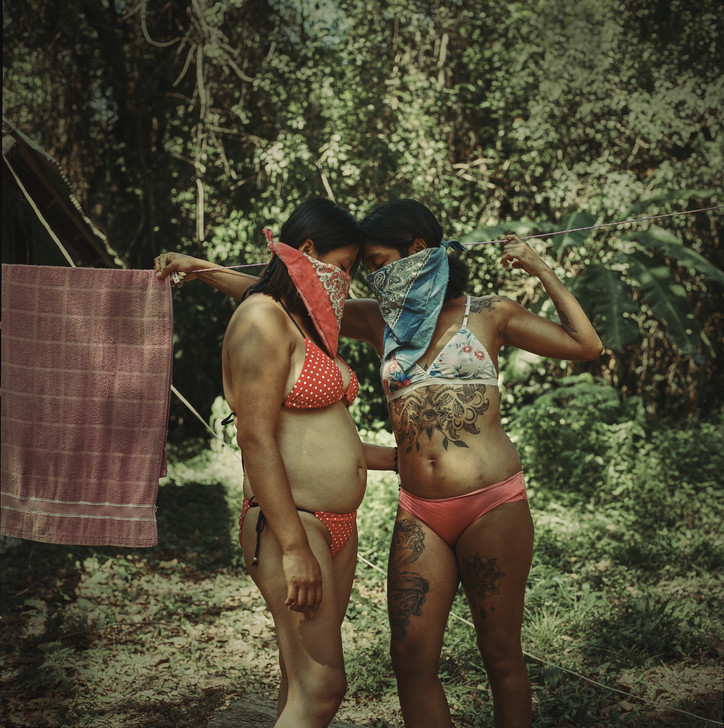
This is not the first time Martis has unveiled the mistreatment and injustices that restrict women around the world. Honing in on the global female experience, she has also documented women in the Middle East, placing an emphasis on female oppression in this region.
In her latest series, Martis tells the story of a lesbian couple in Palenque, born to indigenous tribes and forced to flee due to the discrimination and everyday violence that they were faced with due to their sexuality. It is a terrifying reality to grasp—people must choose to either hide their true selves or reconcile with the fact that their lives may be in perpetual danger.
Read the interview with Martis below.
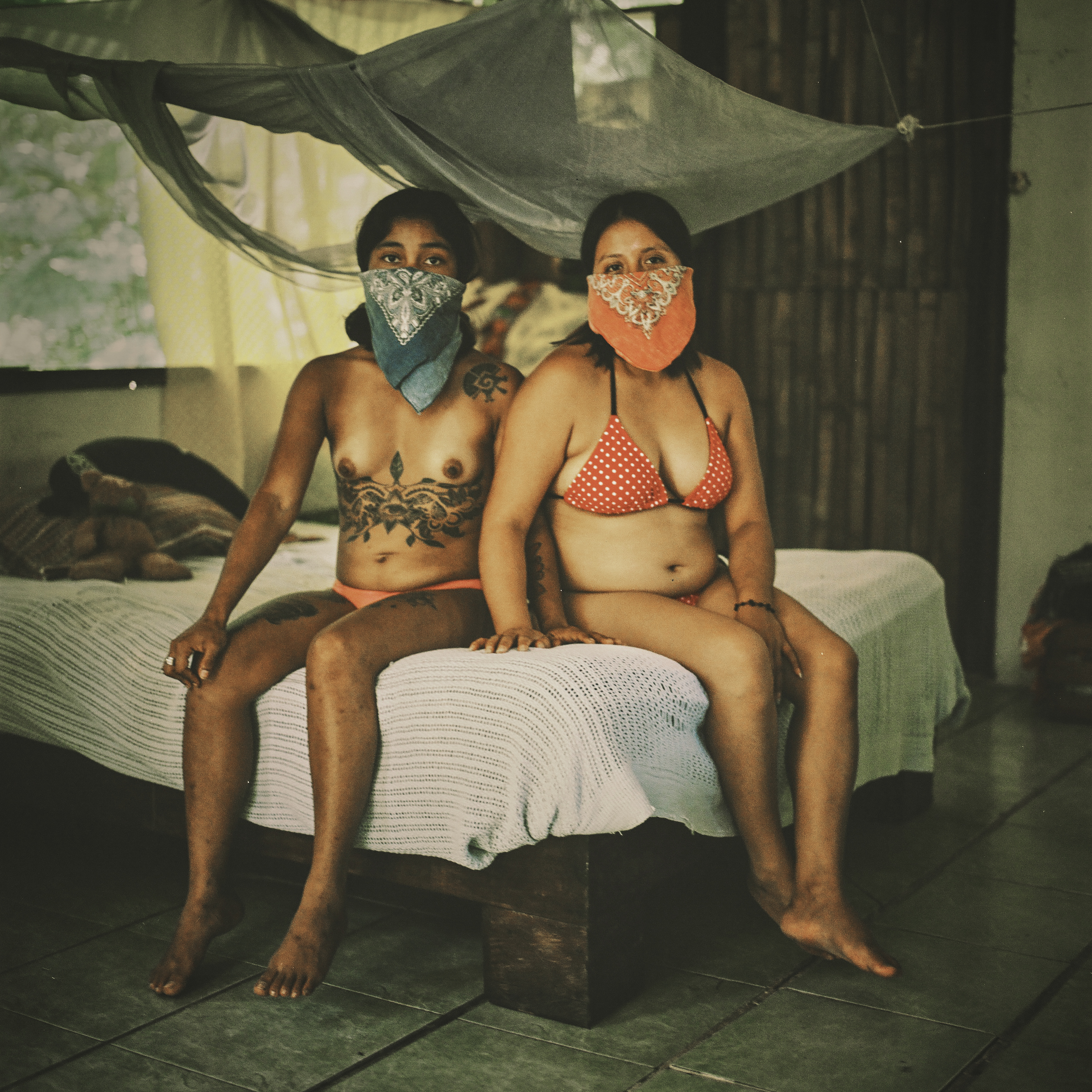

Let’s start by talking about your recent project, “Let Me Be Free.” How did you meet the couple in the photos?
I was traveling around Palenque (Mexico), just exploring the area and looking to travel through indigenous communities around that area. I really just went with the flow and started speaking to people in a very casual way. It was very magical, really. A couple of different people directed me to the same community, so I felt it was a signal, a good omen almost. And so, I followed it. Once I arrived at this community, I met this one girl who said a couple (the ones in the photo) had recently decided to live with her. I initially spoke with them about Mexican and Mayan culture and then slowly introduced the idea of photographing them.
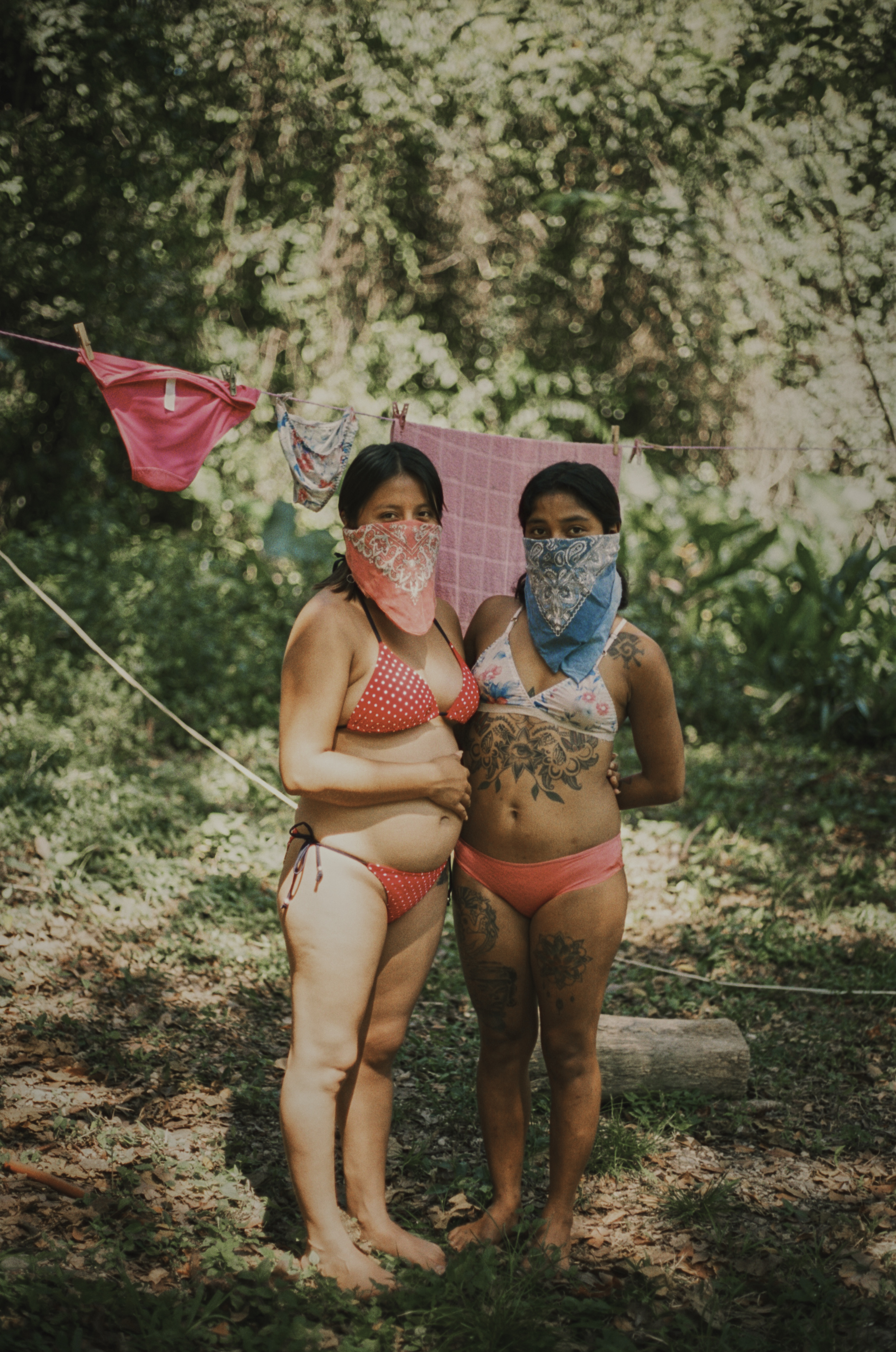
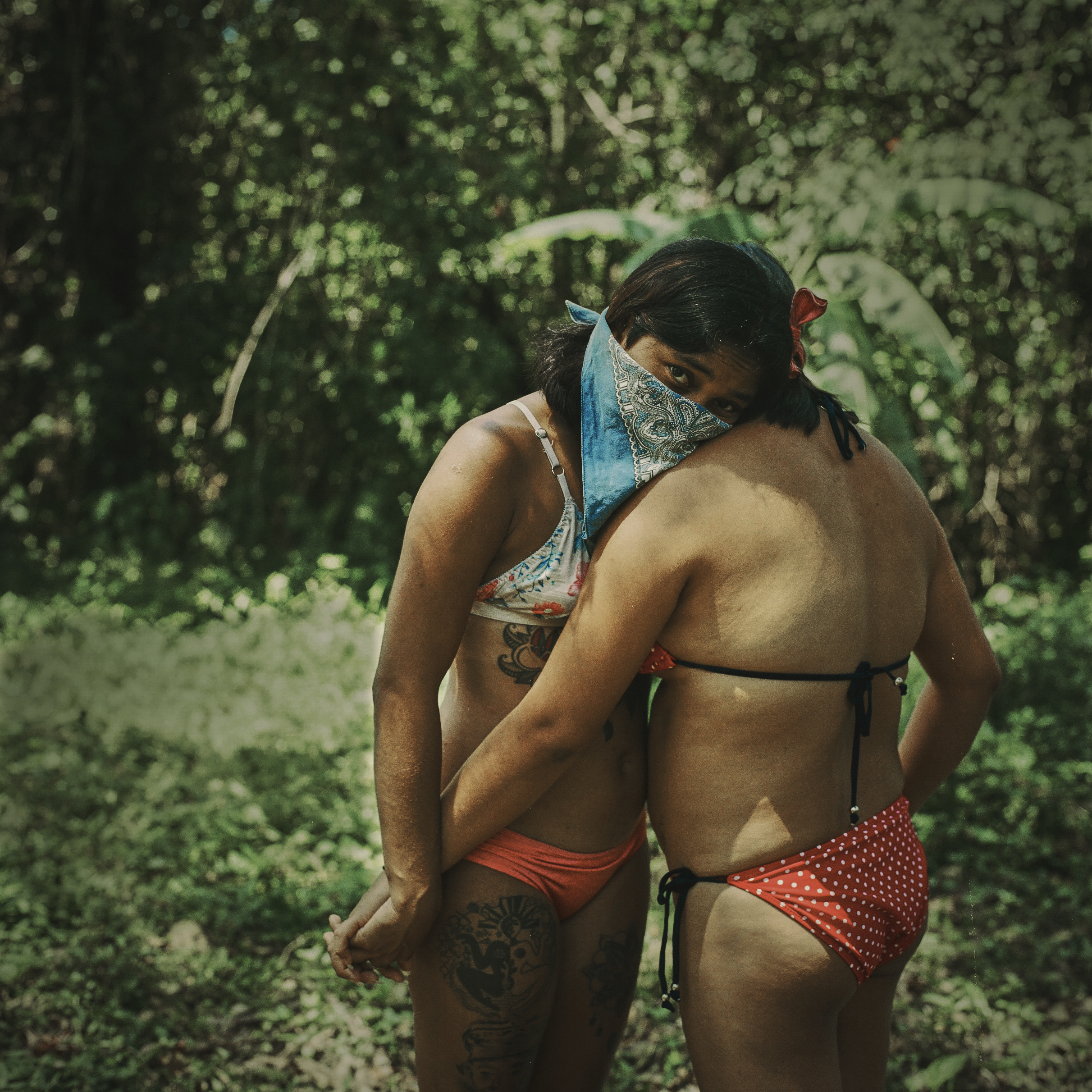
Was it difficult getting them to agree to be photographed?
Truthfully, it was not easy at all. I tried to speak to other people before them, and they were completely against it, saying they don’t feel confident being photographed or that they were scared. Really, it all comes down to the fact that these people are really afraid. These two girls are living in a more accepting community now but were originally forced to leave their own indigenous communities when they refused to marry men.
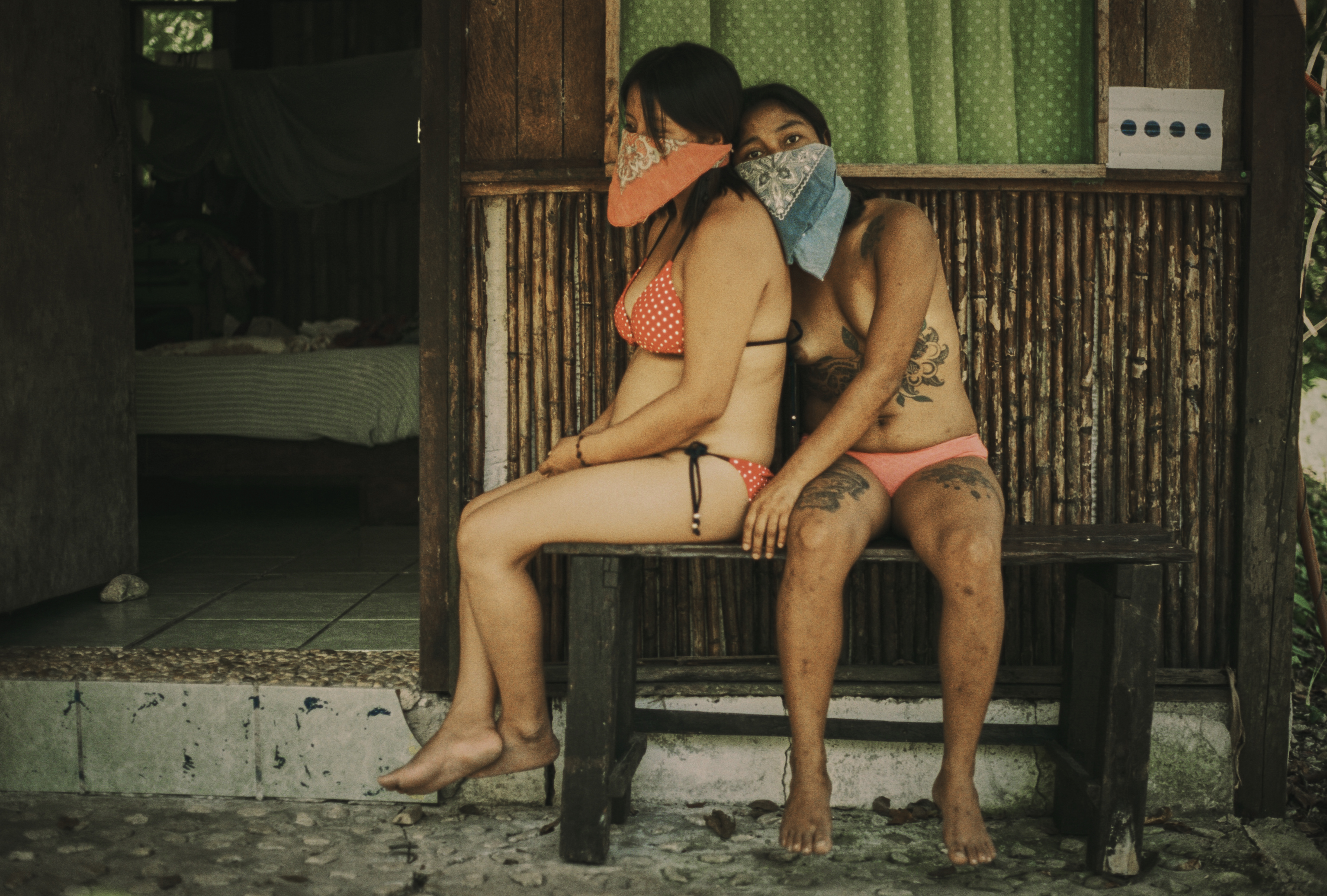
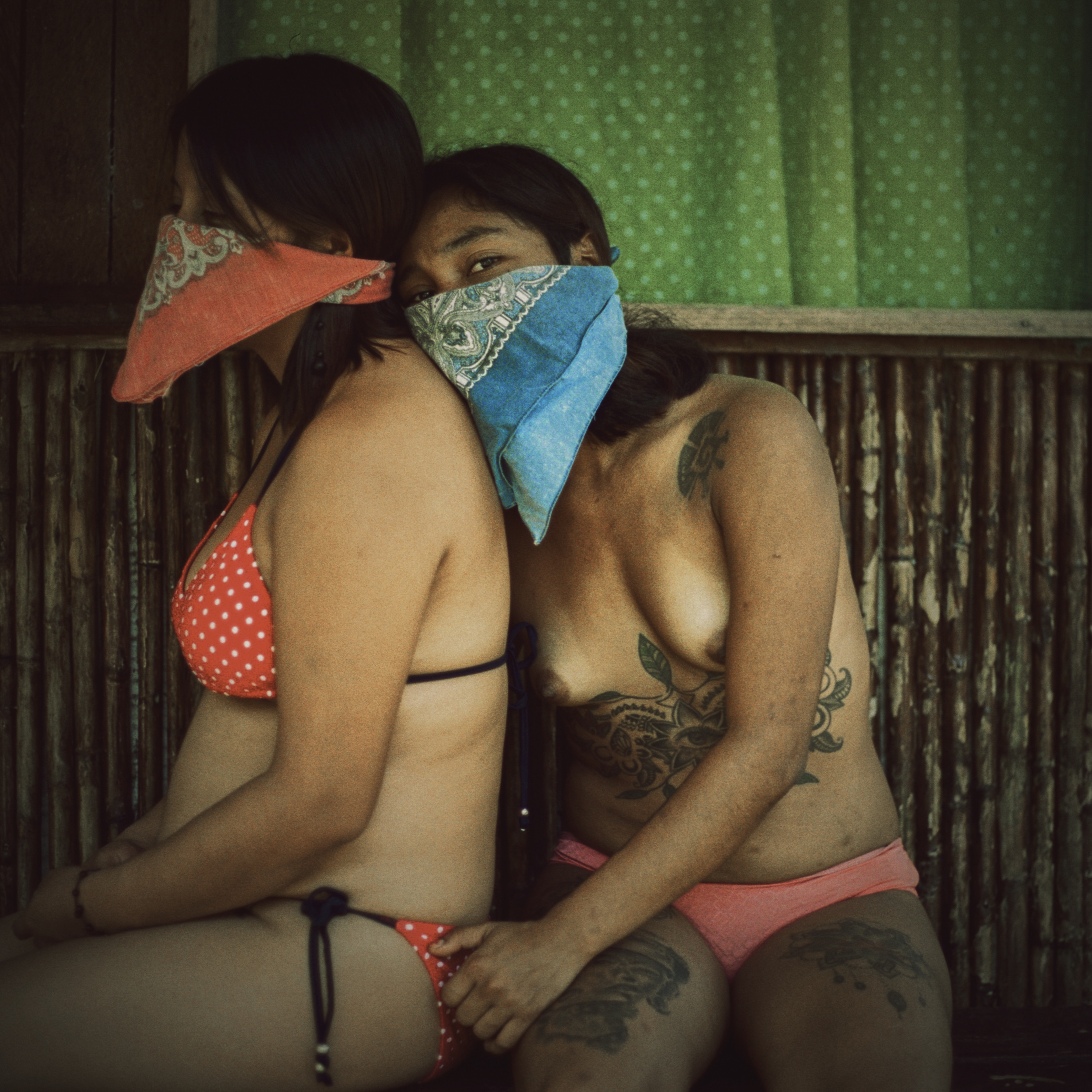
How are the Zapatistas/feminists in Mexico fighting for rights?
The Zapatistas are basically their own guerilla—they don’t have the same laws as the Mexican government. For many years, they’ve been fighting to get their own rights in many different ways, like seizing lands and staging social riots. They are fighting for homosexual rights and the ability to be more open. Mexico is made up of such a ‘macho’ culture, so it’s amazing to hear that these people are trying to make a change inside this country. At the start of my trip, I really just wanted to focus on the indigenous culture, but then I started to wonder about what’s happening here in terms of homosexuality inside of these communities. It’s pretty shocking because the women here are basically obligated to marry men at a pretty young age.

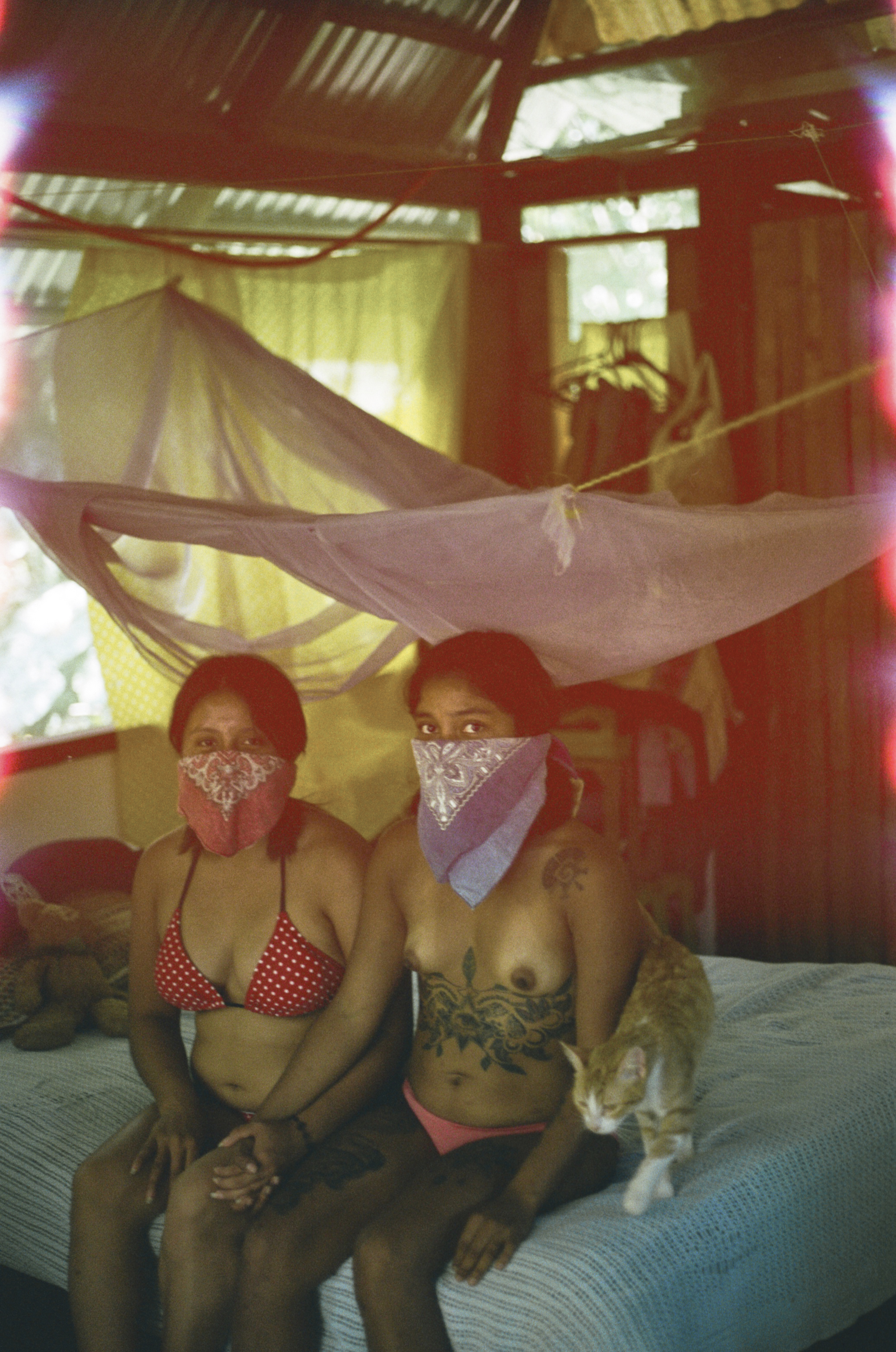
Is there a certain message you want to get across in this series?
What I want is for other countries to become aware of these people and the conditions and limitations that they live with. My main goal is just to raise awareness and get people talking about the things going on there and in countries like it.
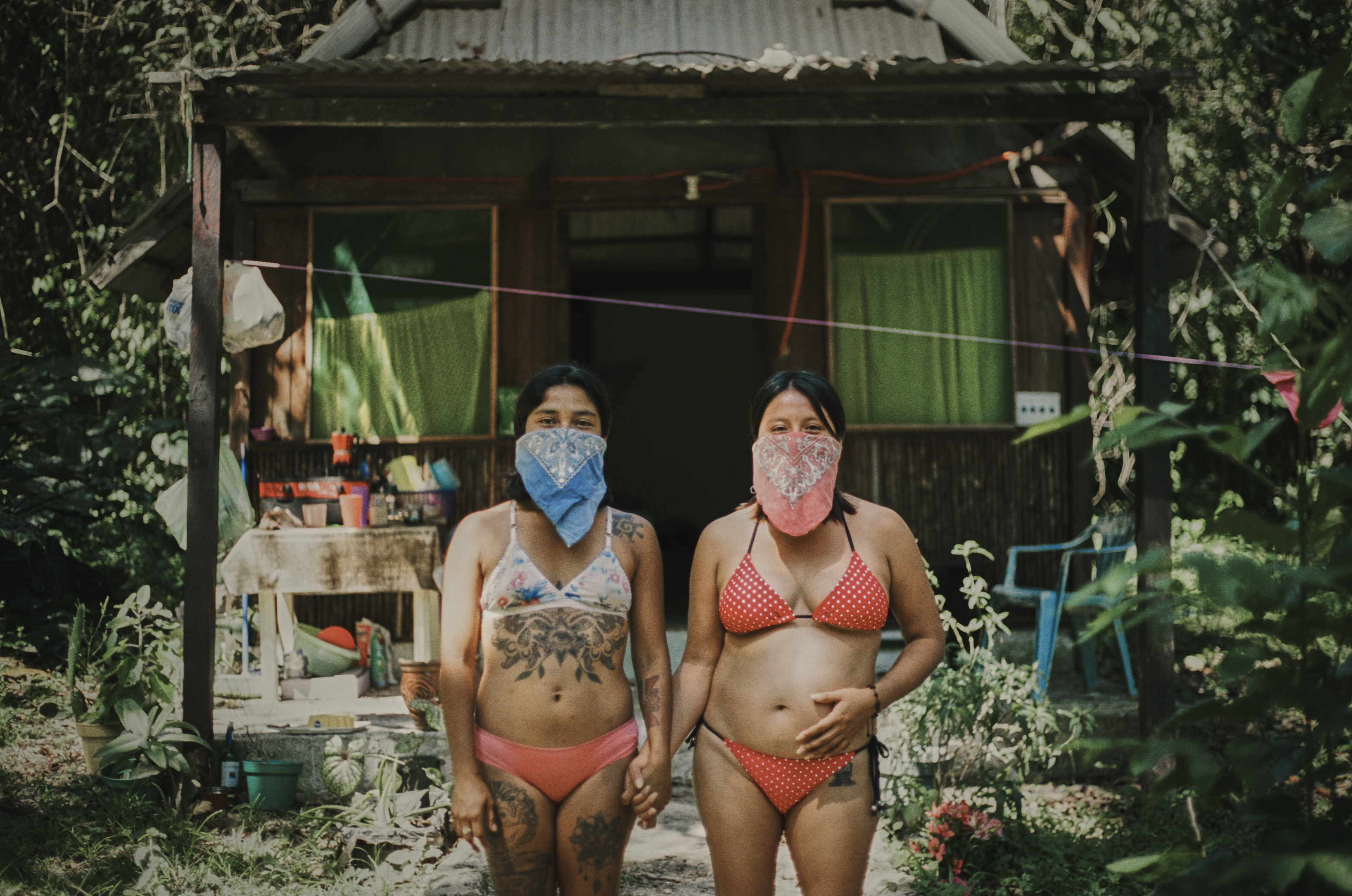
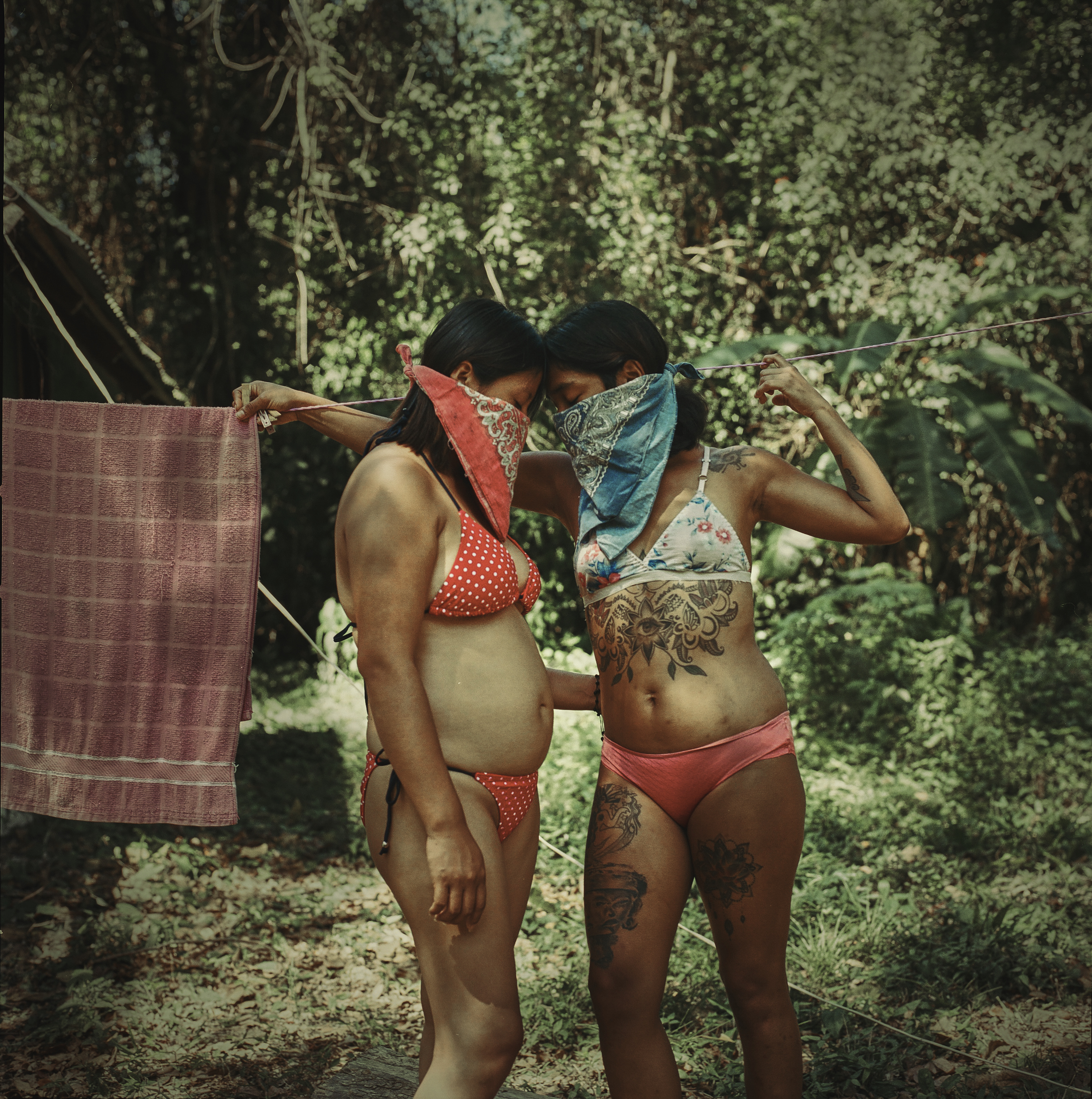
You’re from Portugal. So do you see the same discrimination against homosexuality, specficially against women, there too?
In Portugal, I don't see this now. I think the country is very adventurous in terms of mentality. But when I was living there more than twelve years ago, I saw many taboos, but I left Portugal at that time. I see now that they are much more open, which isn't really a recent development. It’s a pretty open-minded country.

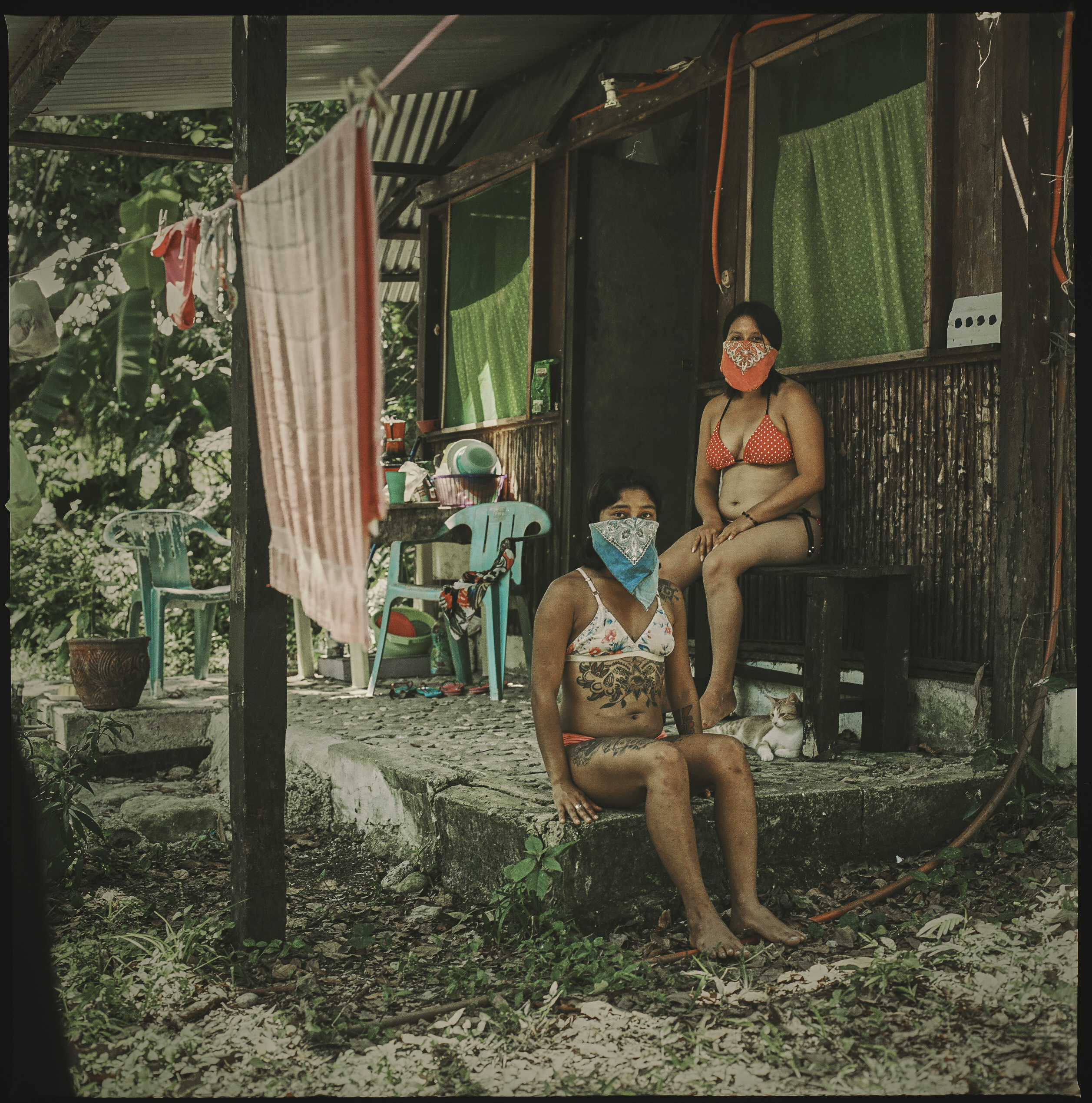
What would you say is the most inspirational place you’ve lived in terms of your work?
I’m really a bit nomadic. I am always traveling here and there. What I find interesting is finding inspiration through understanding other cultures. The question of my favorite or most inspirational place is so hard for me, because I’m very adaptable and prefer to find something that catches my attention somewhere else rather than saying, “Oh, this is the place I love to be the most or find the most inspiration in.” I can feel inspired anywhere; it just depends on what's inside of me at that moment.
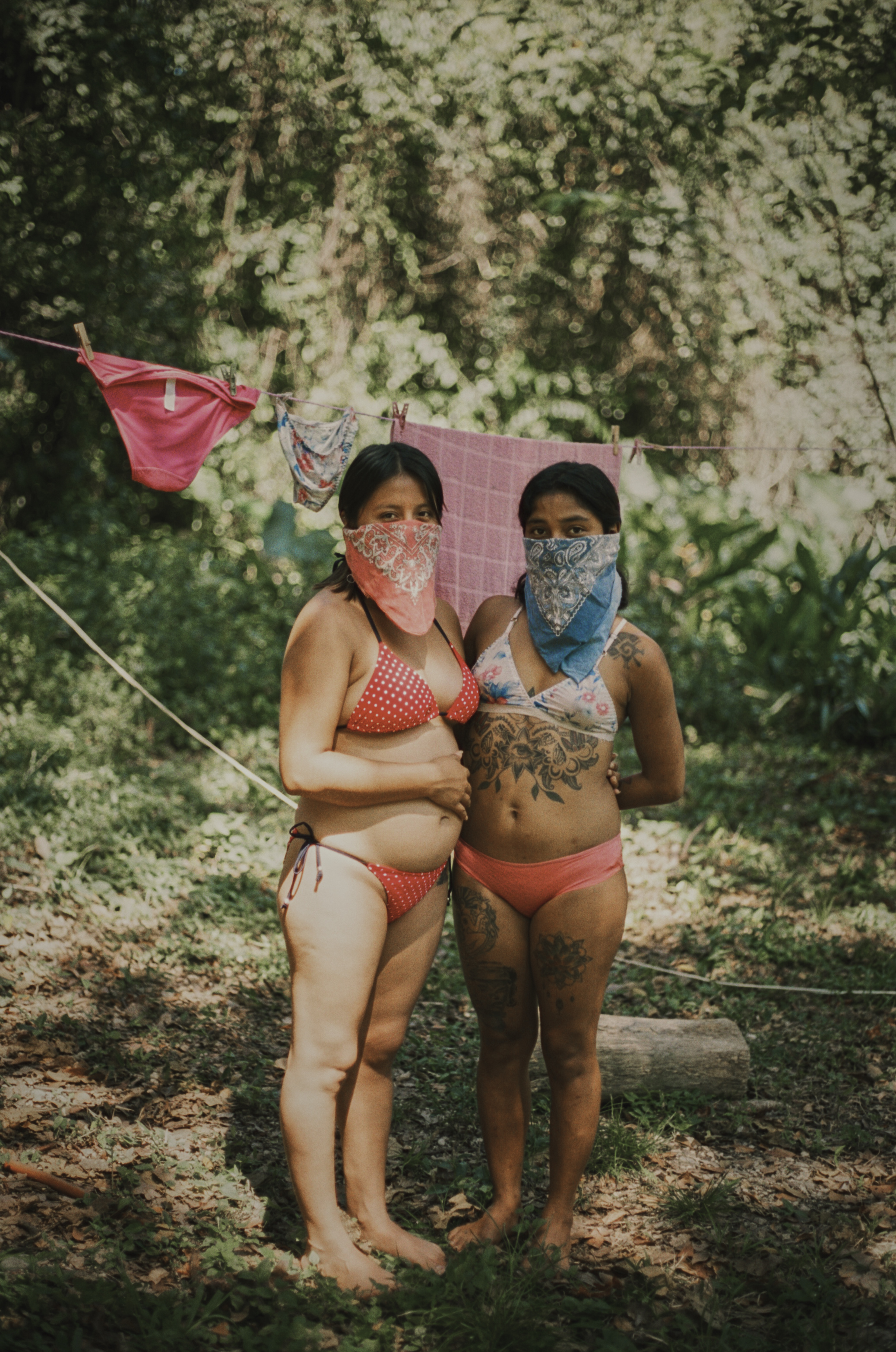
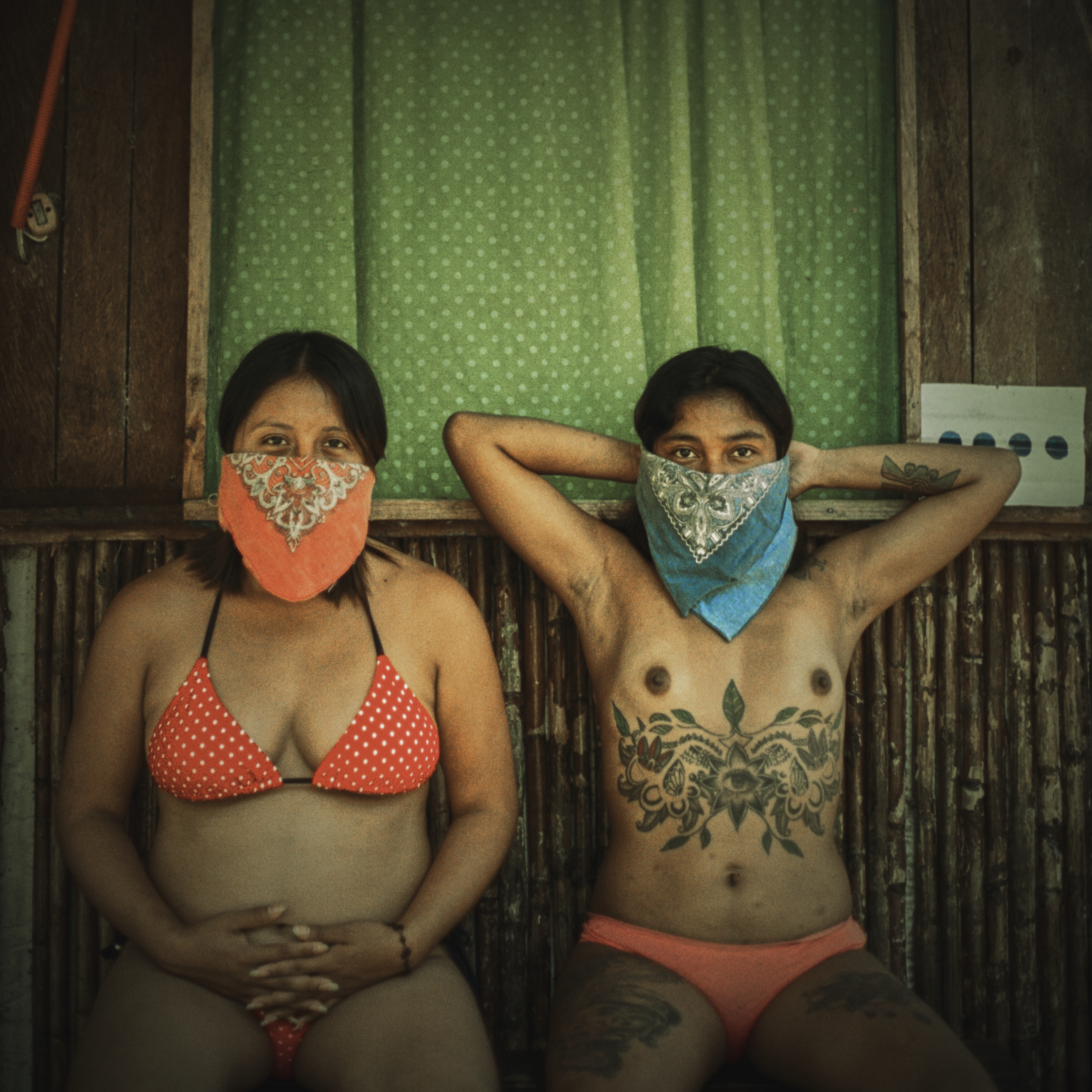
What influences you?
Well, my background is in fine art, so I usually feel really inspired through that medium, specifically impressionist art—I reflect on it often and like to pay tribute to it through specific lighting in my work. I’m very interested in Shamanism and the idea of spirituality being expressed through the female body. Before I start a new project, I like to refer to feminist artists like Valie Export—I really love her. I spend a lot of time looking into the exploration between body and space and the relationship between the two. I try to make that notion come across in my work.
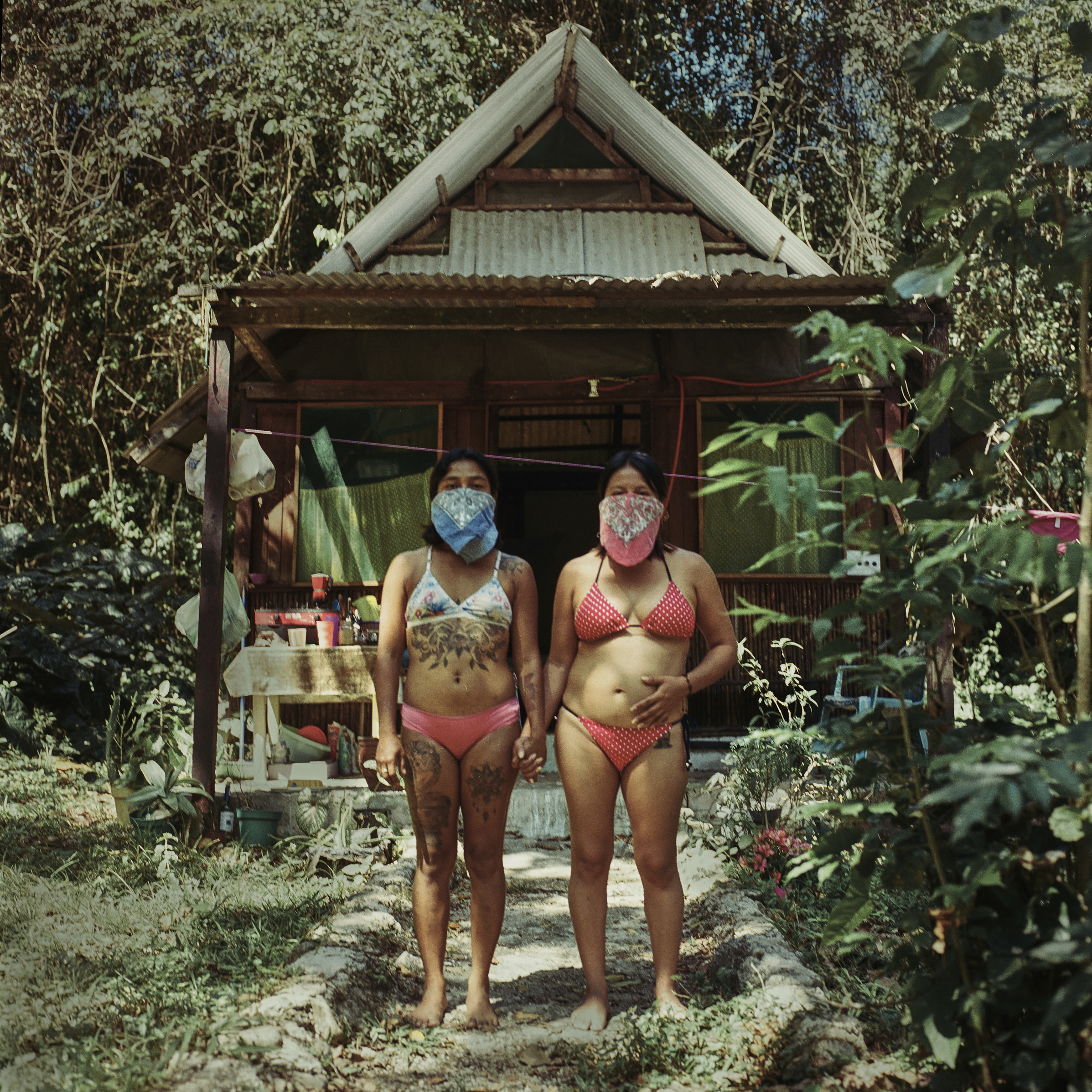
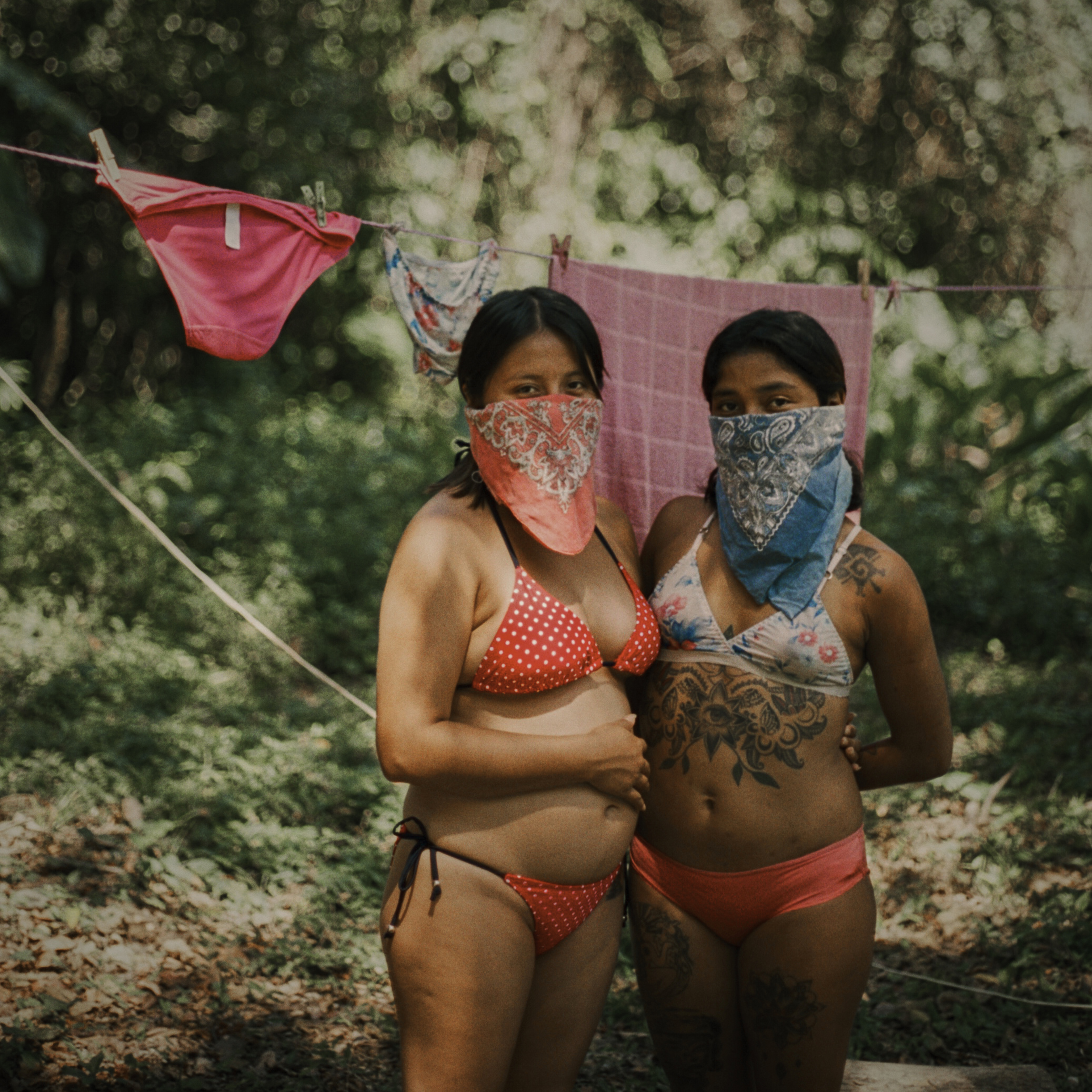
Where are you looking to go next, and what type of stories are you hoping to tell?
I'm definitely interested in exploring more indigenous communities in Mexico still, but this time more in the north (I was previously exploring more in the south.). Also, I’m hoping to explore countries like Peru, Brazil, South American countries... places where people are trying to find their own freedom in an oppressive or semi-oppressive society. I'm also very interested in communities that are led by women.

